Being a Gaucho in Río de la Plata
Hello Santiago! Would you like to tell Olympus Passion readers a bit about yourself?
Hello, my name is Santiago Núñez. I am from Mariscala town, Lavalleja. I work in rural establishments, where I take care of livestock animals such as cows, sheep, and herds of horses. Besides, there are also other tasks such as building fences between fields, working the land, feeding the animals and training colts (I really love it!).
The Uruguayan Gaucho origin is about the 18th century (sons and daughters of Europeans who arrived in Uruguay and the Guarani natives).
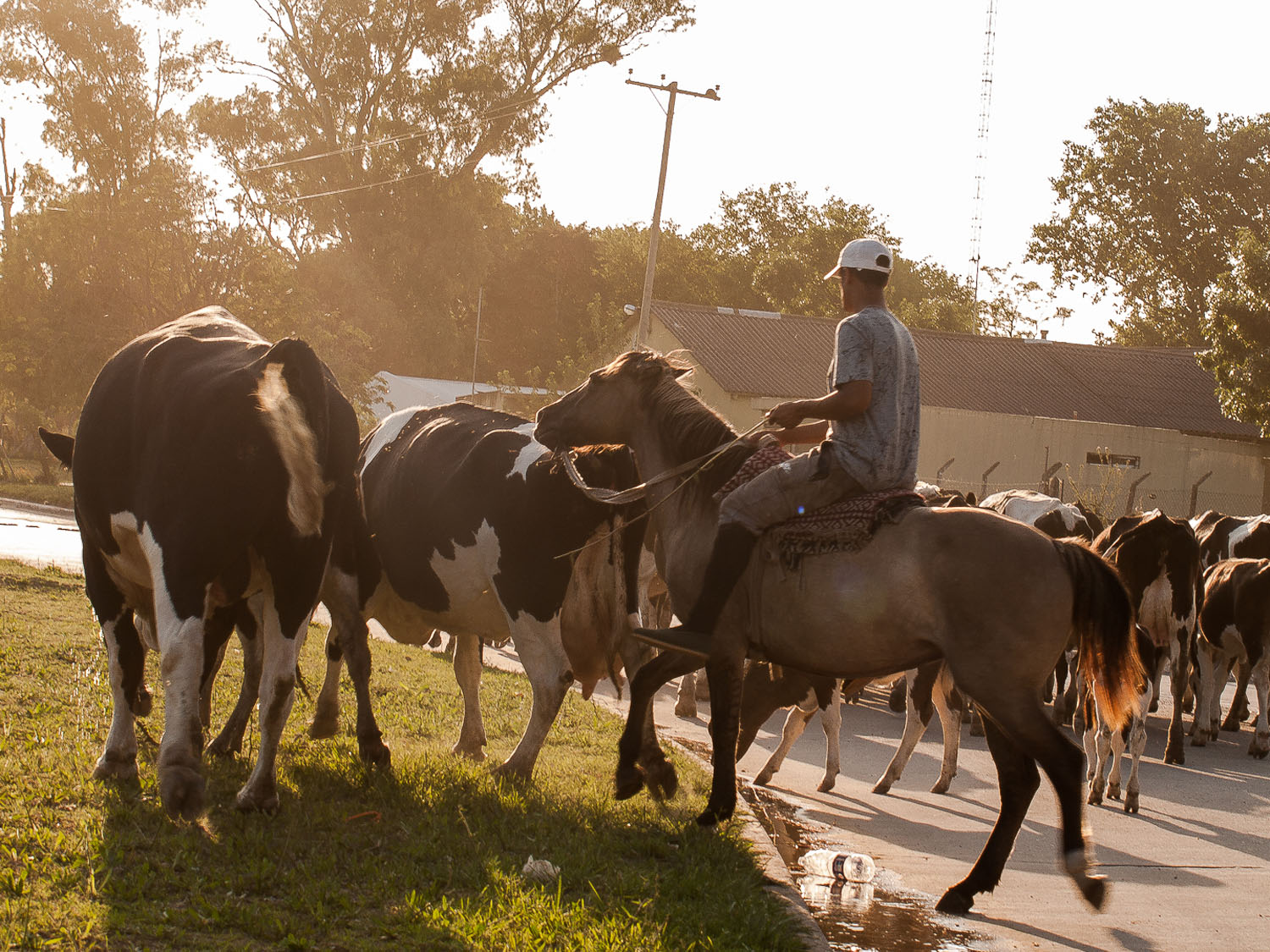
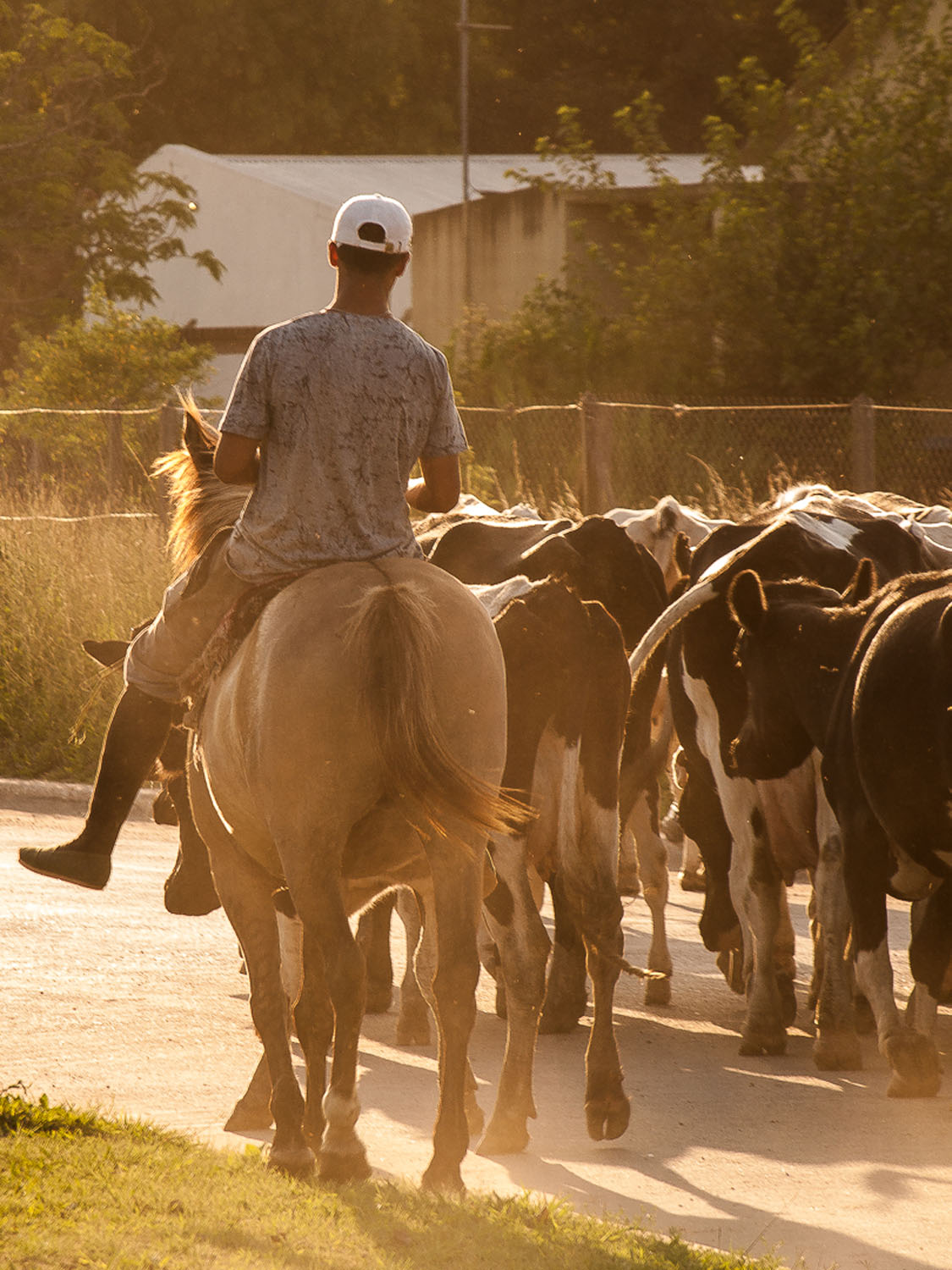
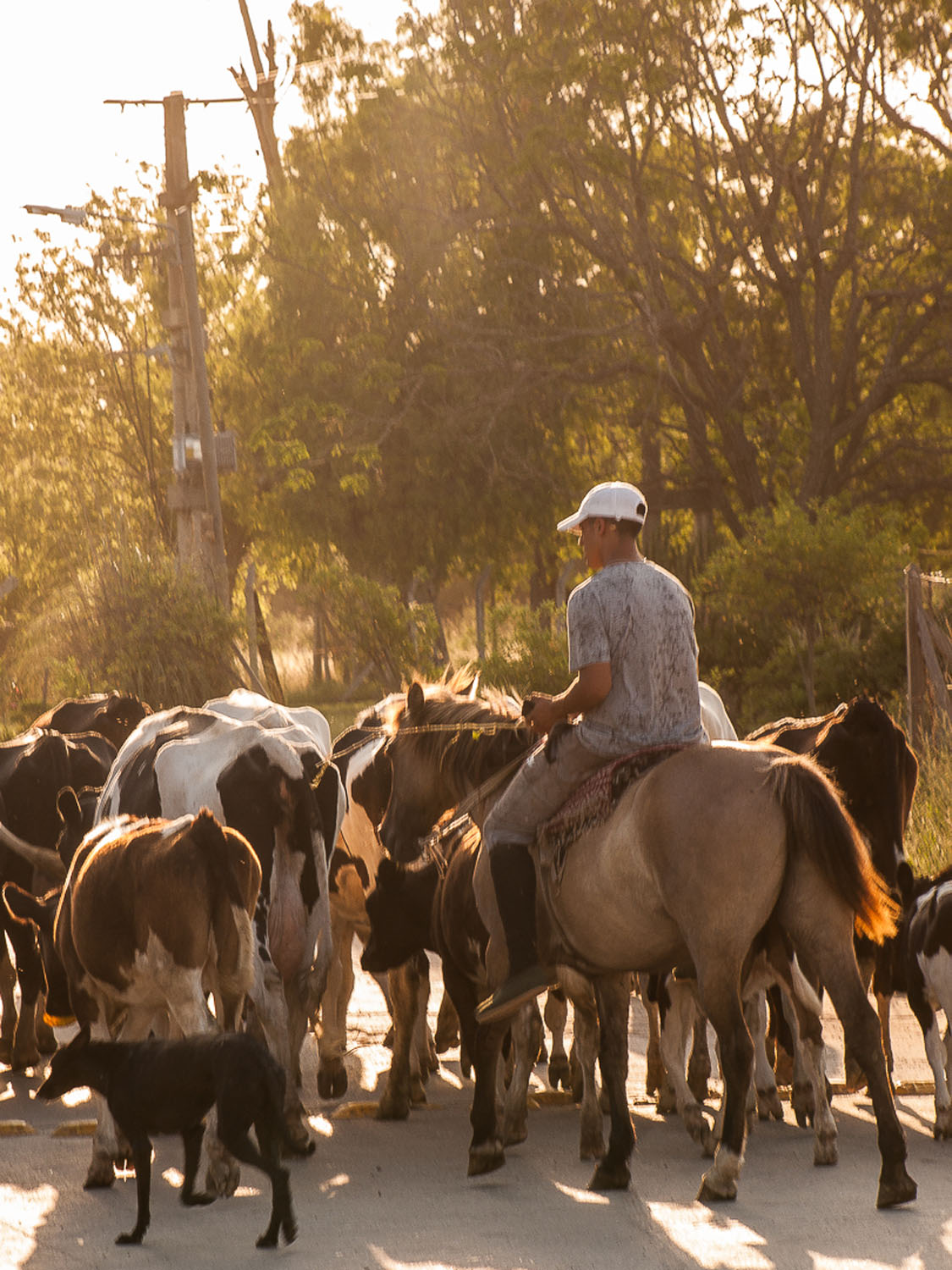
RIGHT: Olympus E-520 . Olympus M.Zuiko 40-150mmF4.0-5.6 @86mm . f/7.1 . 1/125″ . ISO 100
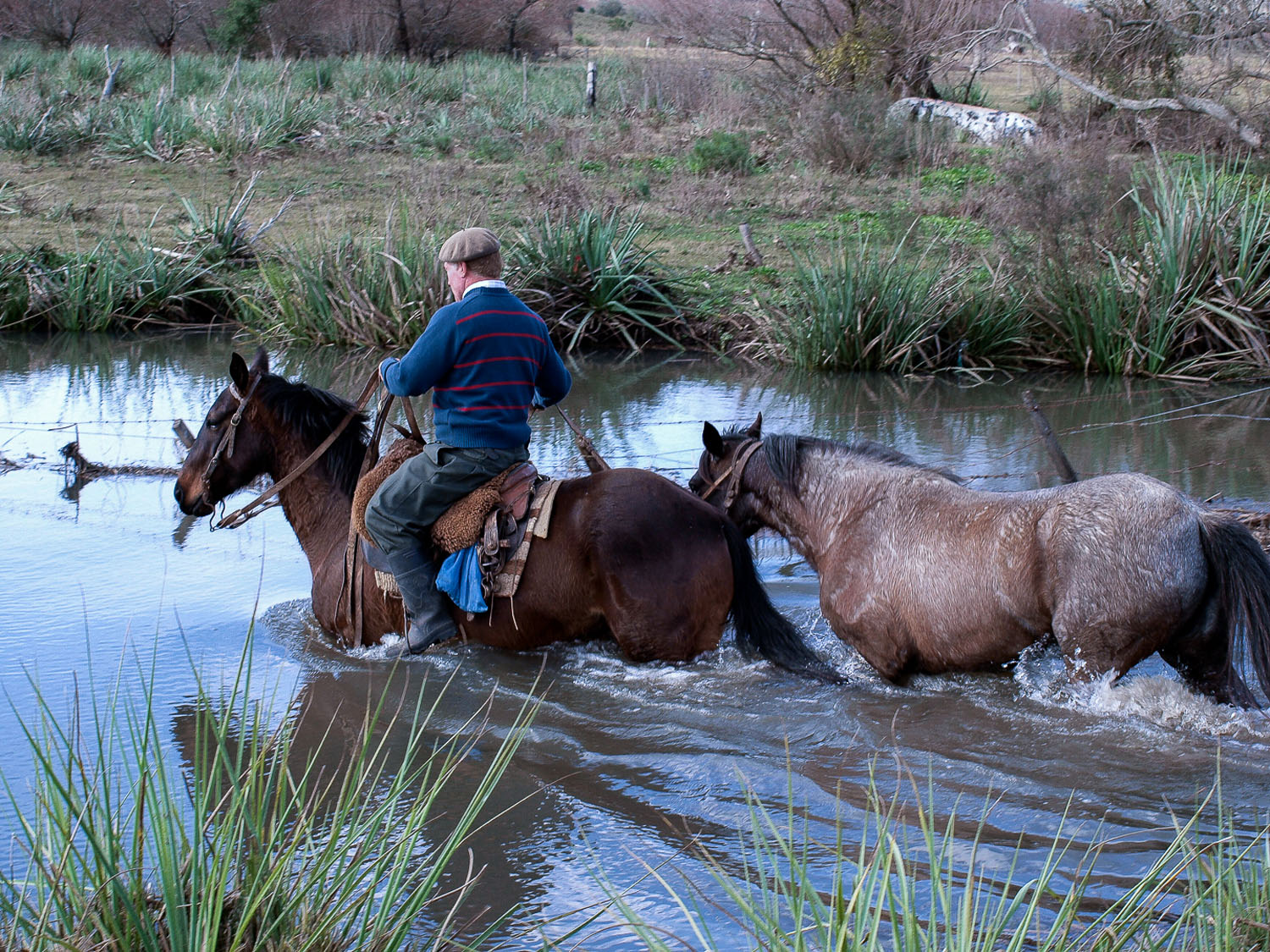
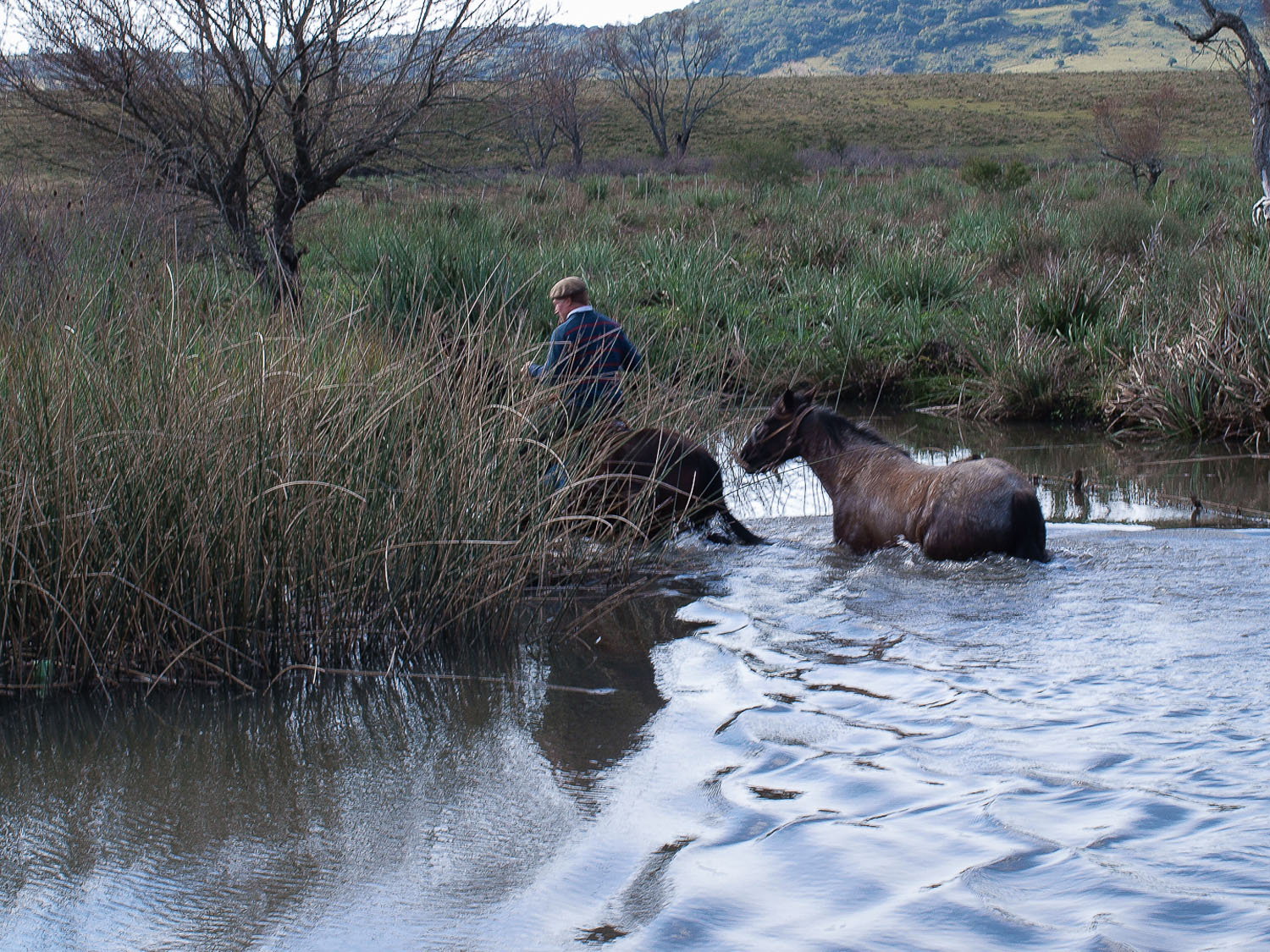
RIGHT: Olympus E-520 . Olympus M.Zuiko 40-150mmF4.0-5.6 @40mm . f/9 . 1/80″ . ISO 100
What does it mean to be a Gaucho in the 21st century?
Being a Gaucho is not just wearing leather boots and field pants. It is more than that! It is a countryman who is always willing to help with the chores in the field. He is there day by day (although it rains, it is cold or hot). He always has to go out to see the livestock and sick animals. Apart from that, wild animals hurt and kill your animals, and it is very dangerous for them.
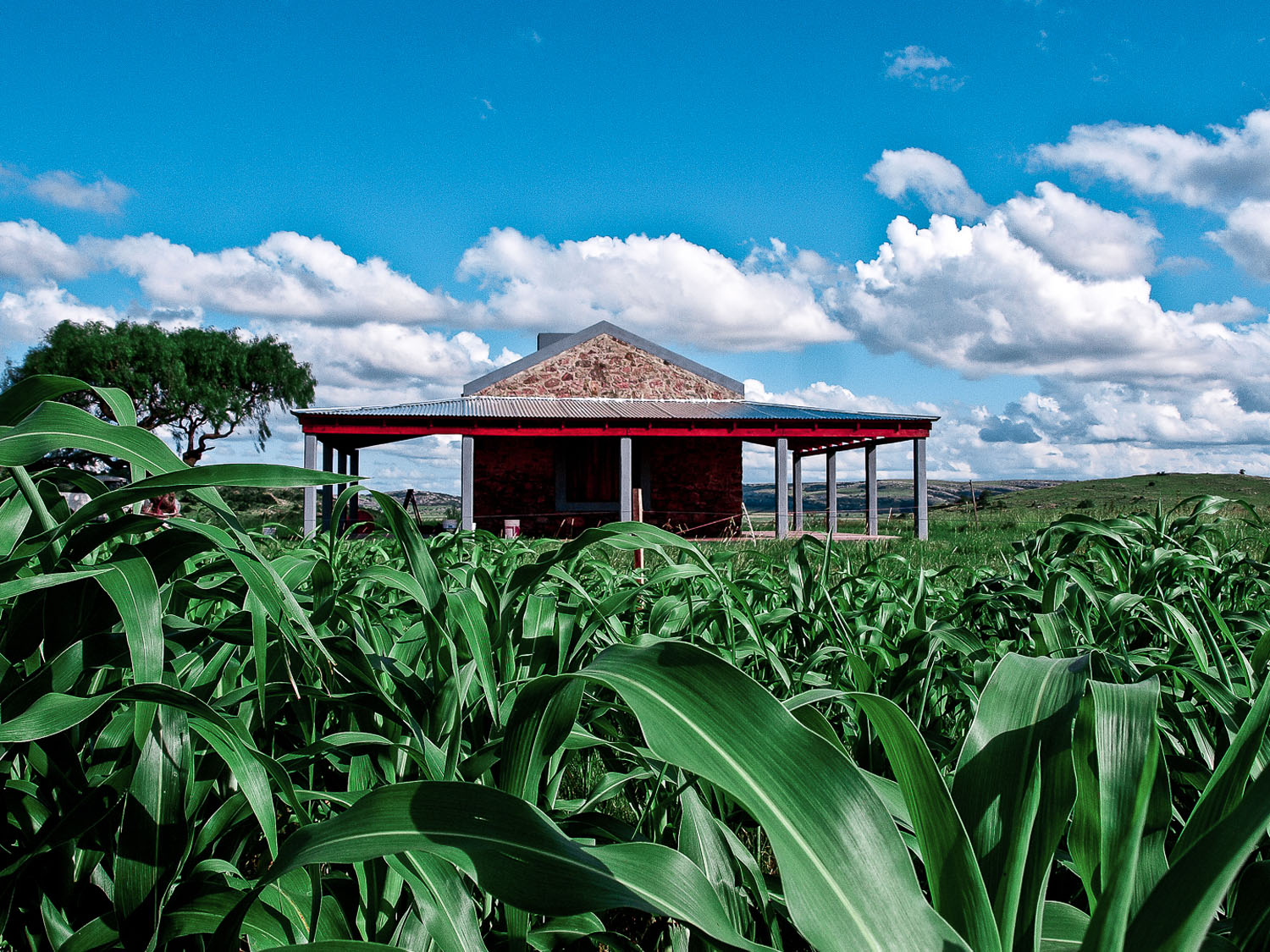
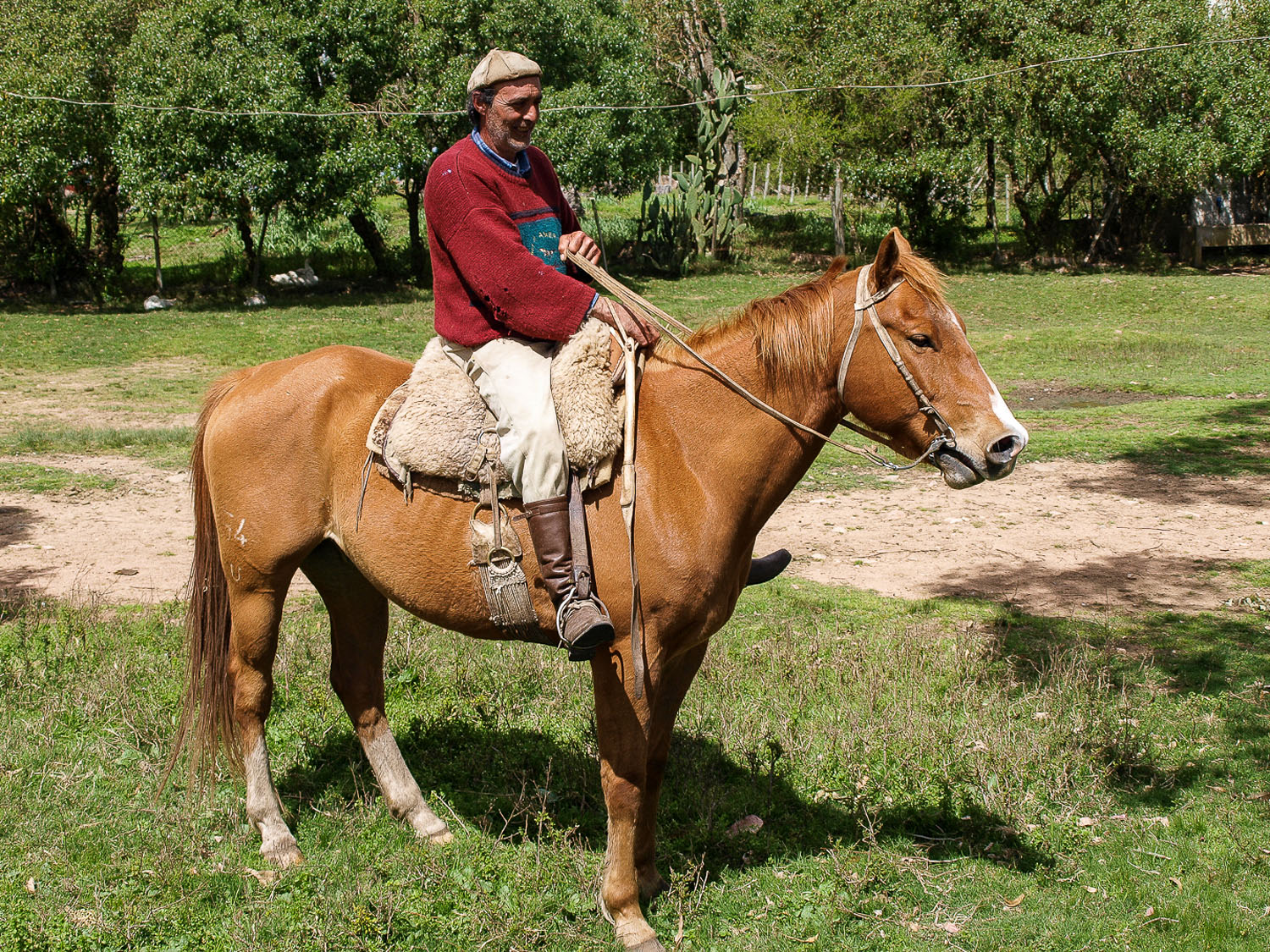
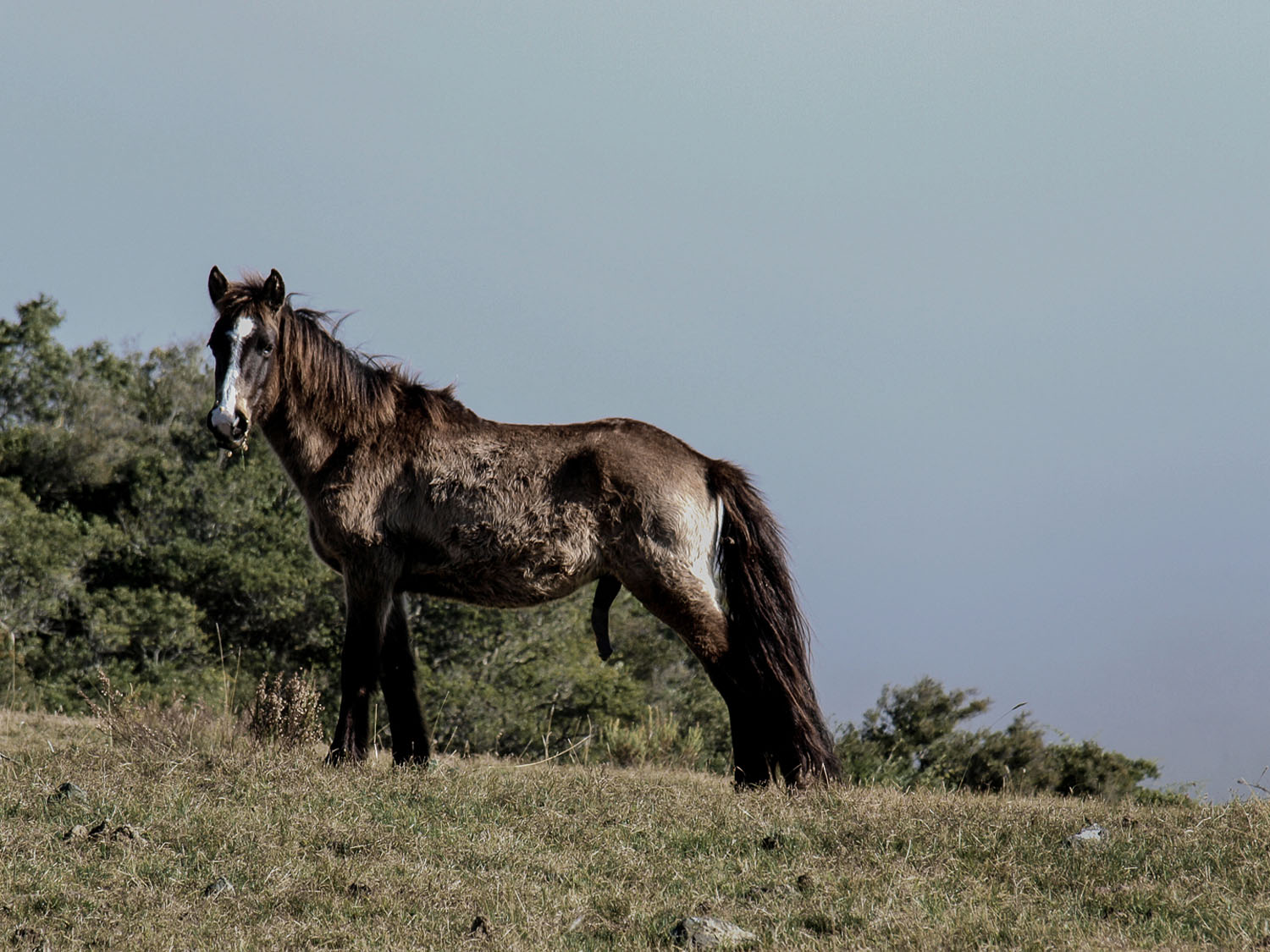
RIGHT: Olympus E-520 . Olympus M.Zuiko 40-150mmF4.0-5.6 @150mm . f/9 . 1/200″ . ISO 100
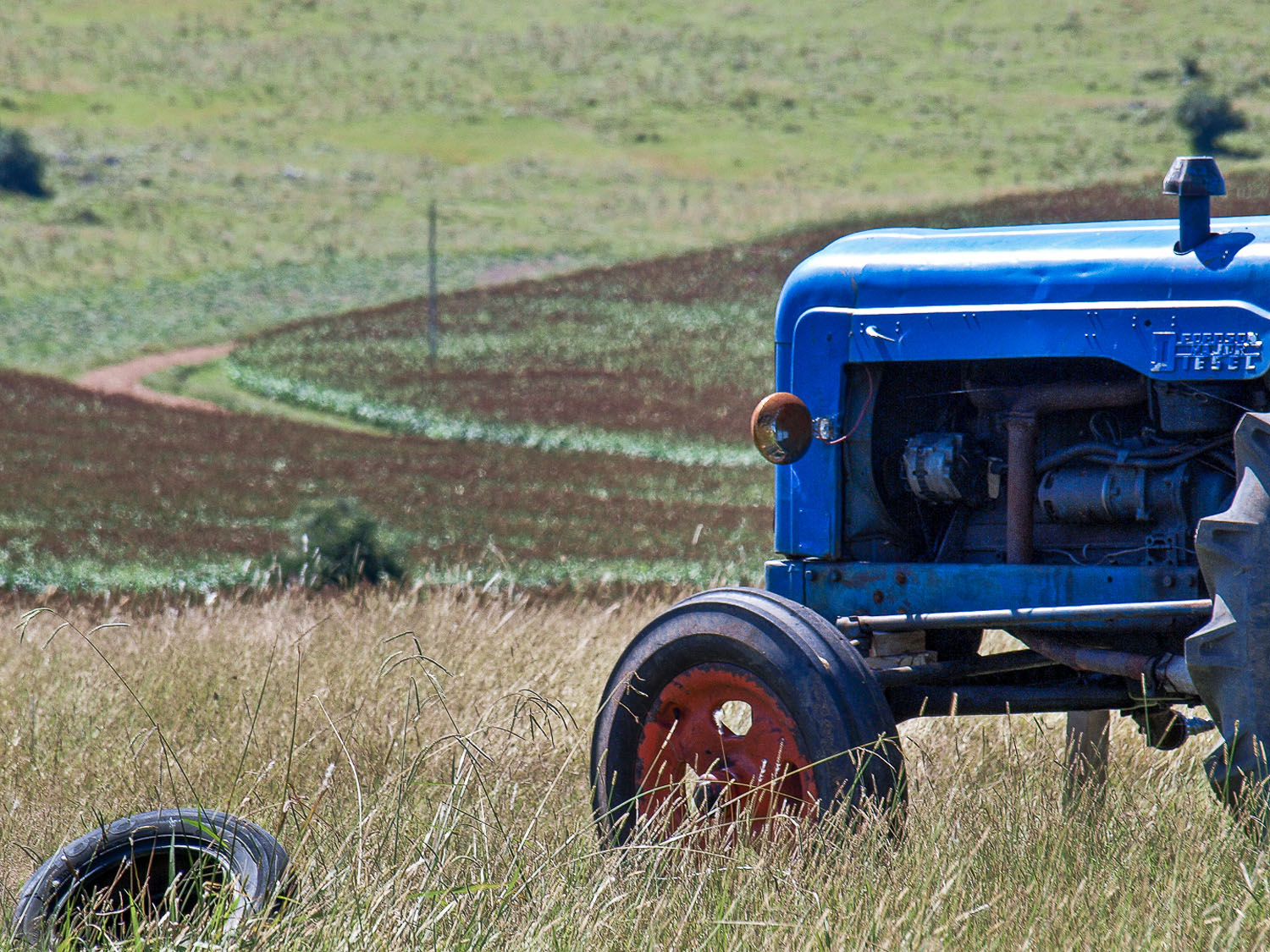
What is the Gaucho’s day-to-day life like?
Gauchos get up before the sun rises (04:00 a.m.). They have some “mates” together in the kitchen of a cattle ranch. After having breakfast, they go out to look for the horses in the pasture and bring them to saddle. “Gauchos” go out to explore the field. We really like fixing fences, working in the corrals or if there are animals that need to be cared for, they are cured. Then, we return at 11:30 to the ranch. We have “mate” at noon. Later, we have lunch.
We have a nap for an hour (about 3:00 pm). We get up and do housework on the ranches, or we come back to explore the countryside and release the animals that were brought in the morning. The day ends around 6:30 pm when the horses are released into the pasture again so they can rest and look for them the next day. Then, we go to have a shower and go to the kitchen to have a “mate” and talk with our mates. Finally, it’s dinner time!
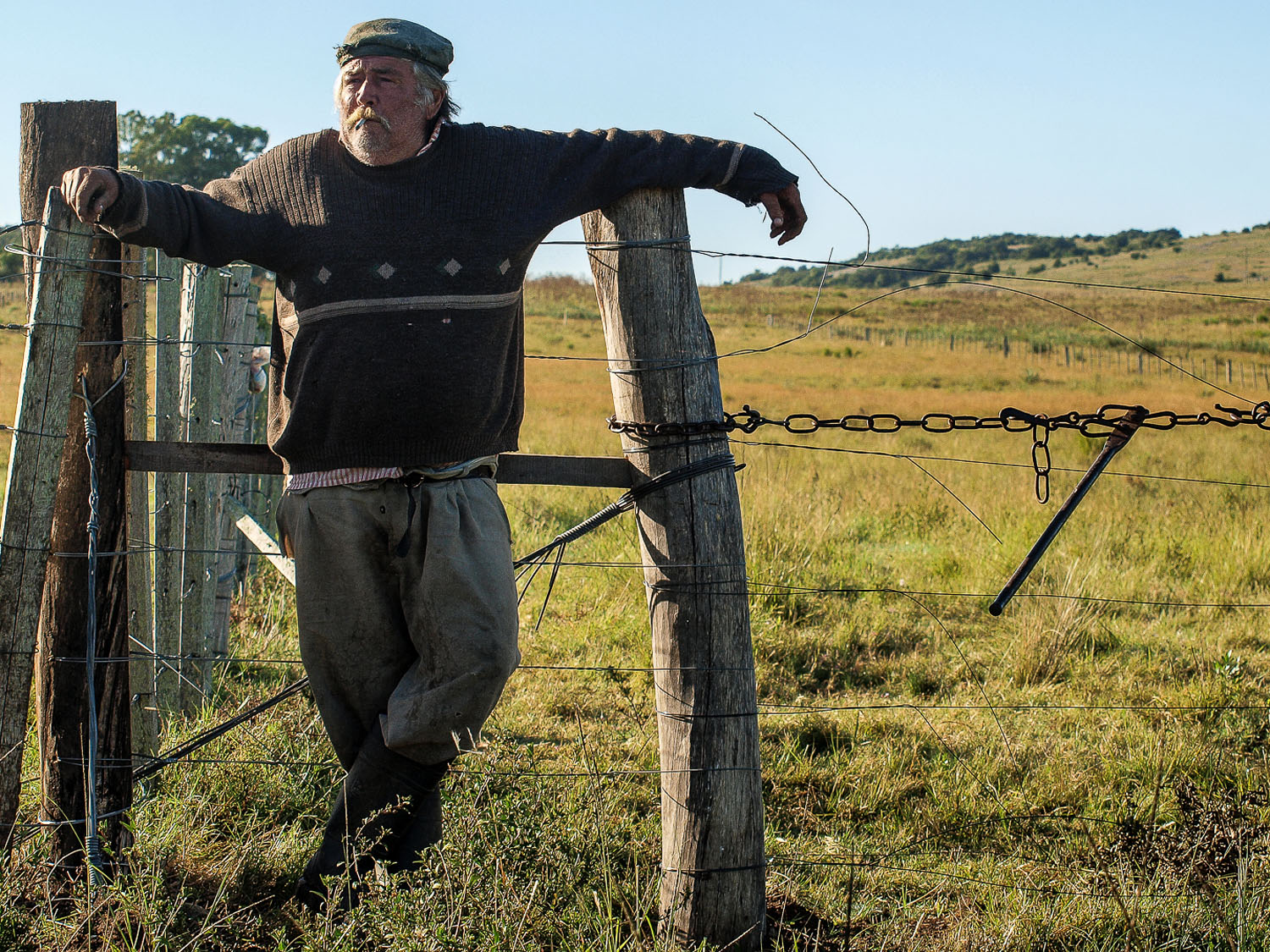
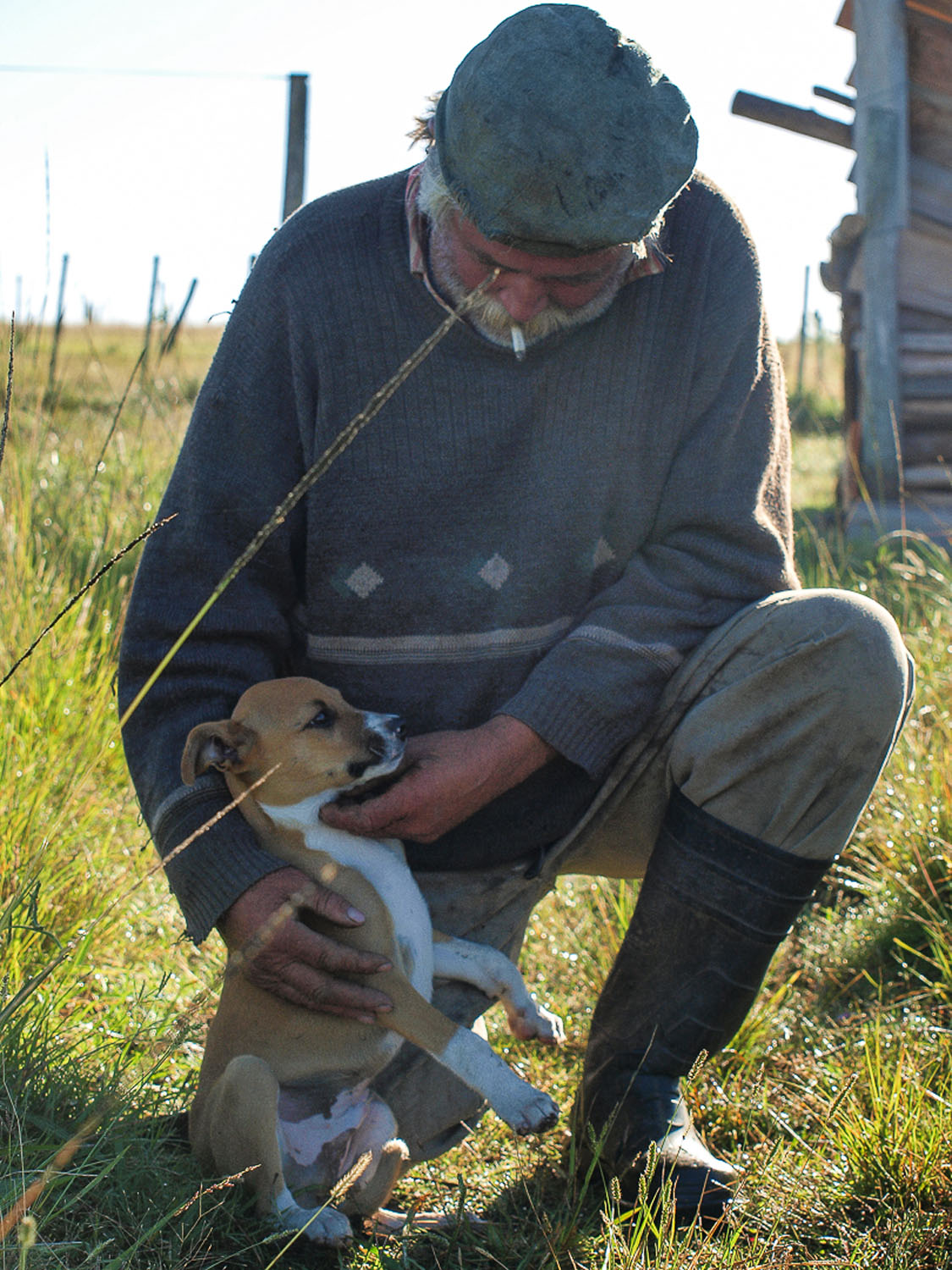
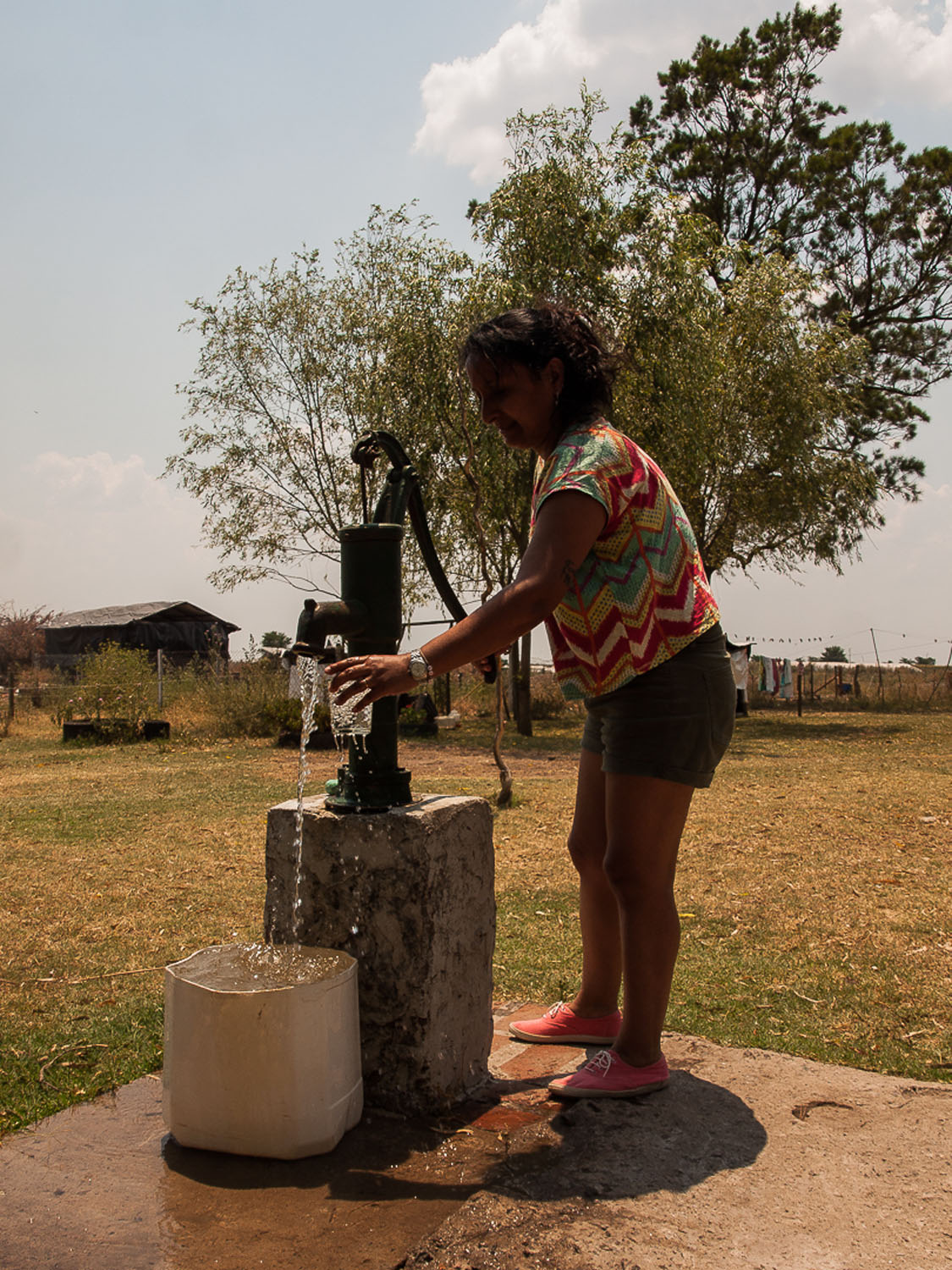
RIGHT: Olympus E-520 . Olympus M.Zuiko 14-42mmF3.5-5.6 @14mm . f/8 . 1/400″ . ISO 100
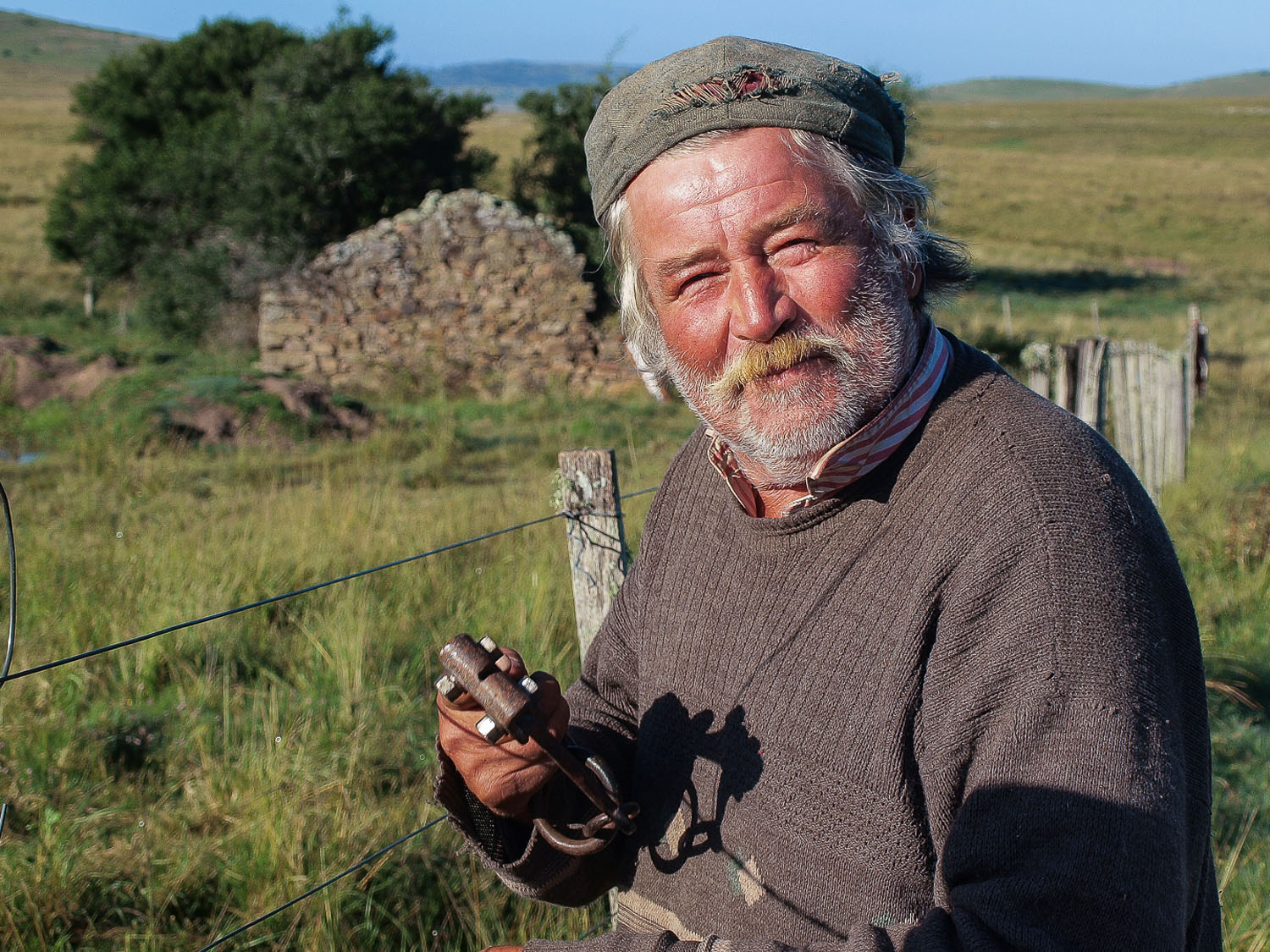
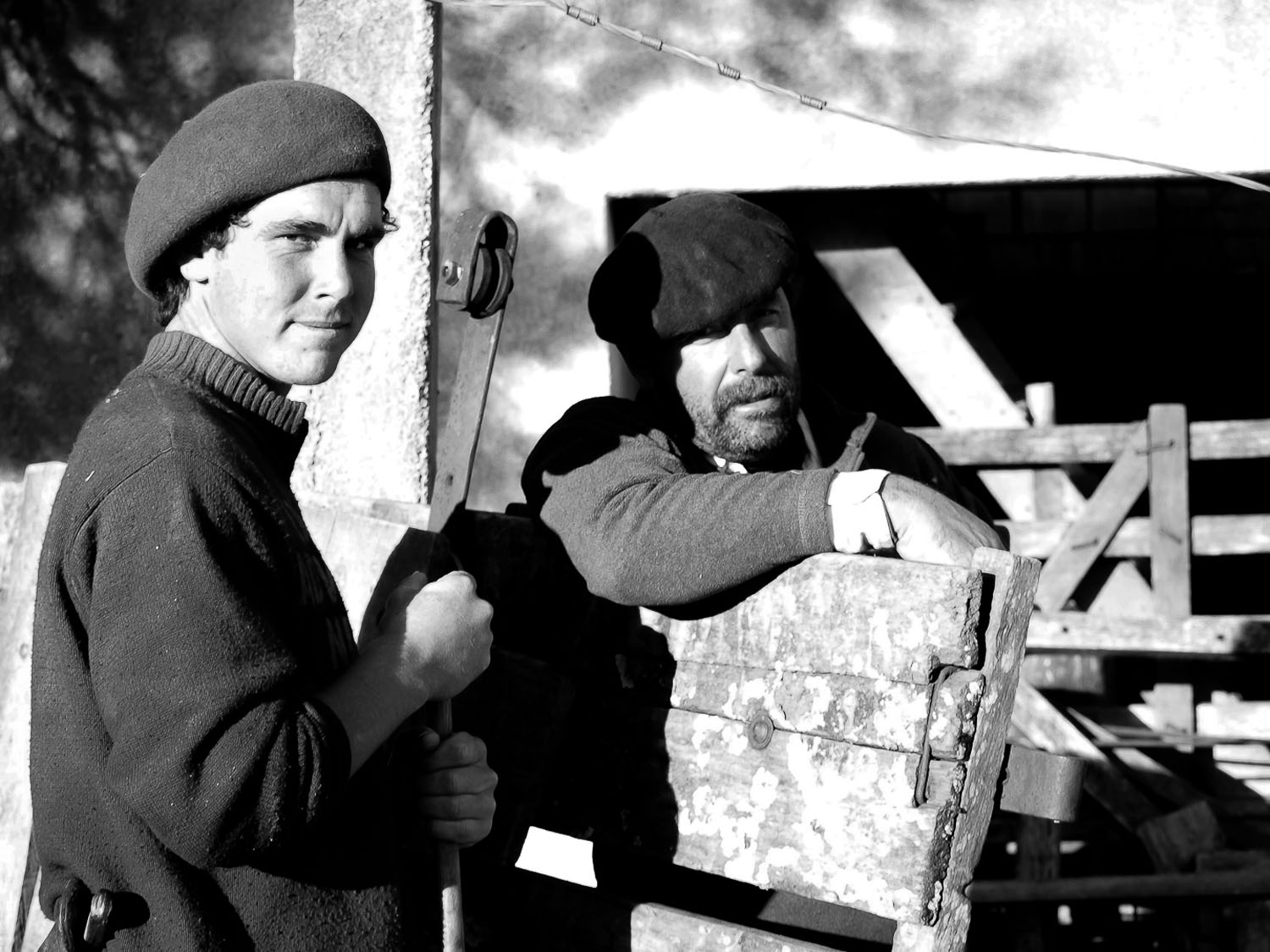
How did you decide to live in the fields, do dressage and be a rider? Do you have any role model you have always seen as the person you would like to be?
When I was a child, I always admired an uncle. In the summer holidays, I went with him and saw him working in the fields. He had troops of horses (groups of riding horses which are together for a while). And I learned a lot from him, and I practiced too. I still watch other older men and learn from them. I enjoy it all day!
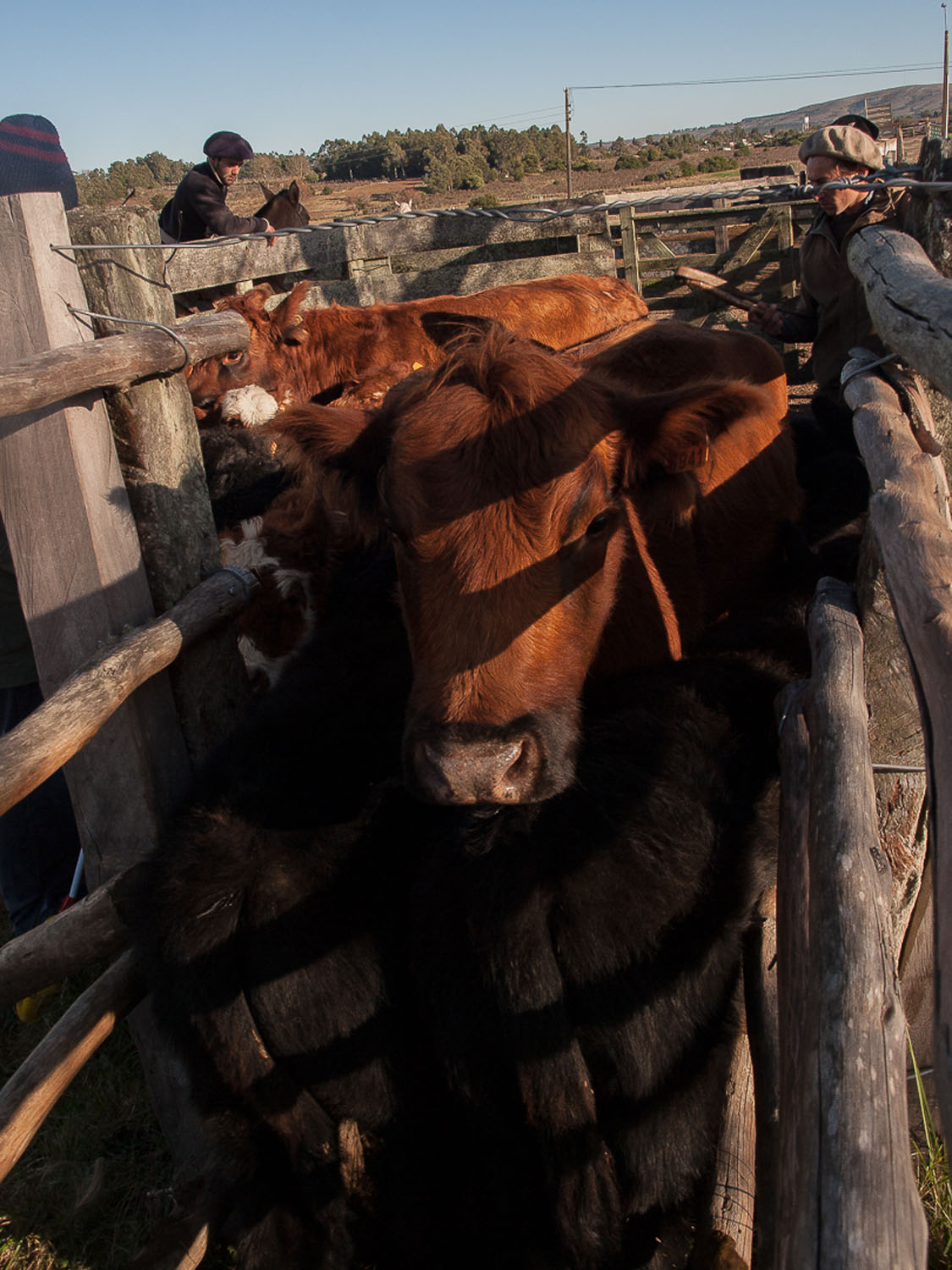
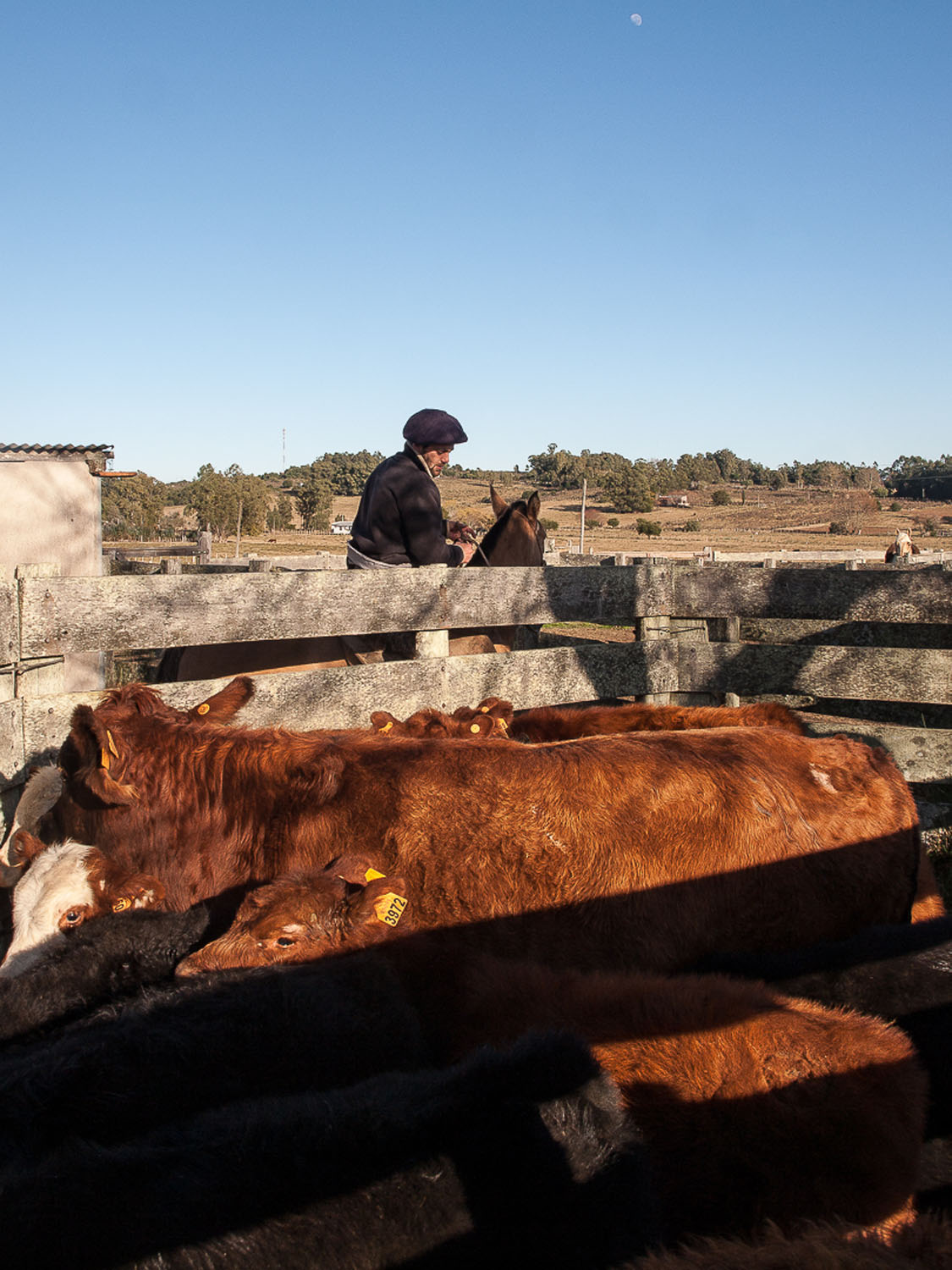
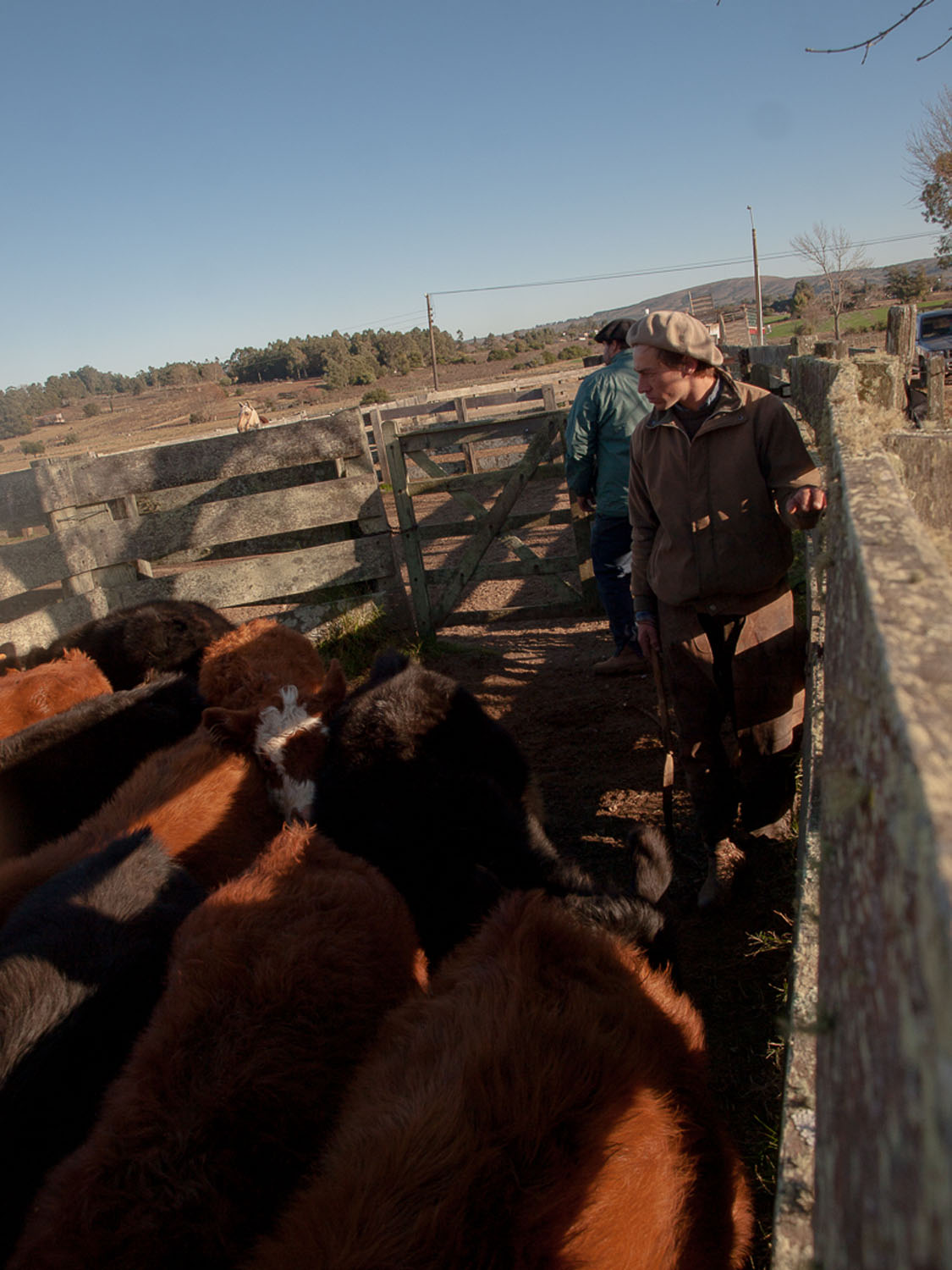
RIGHT: Olympus E-520 . Olympus M.Zuiko 14-42mmF3.5-5.6 @14mm . f/8 . 1/250″ . ISO 100
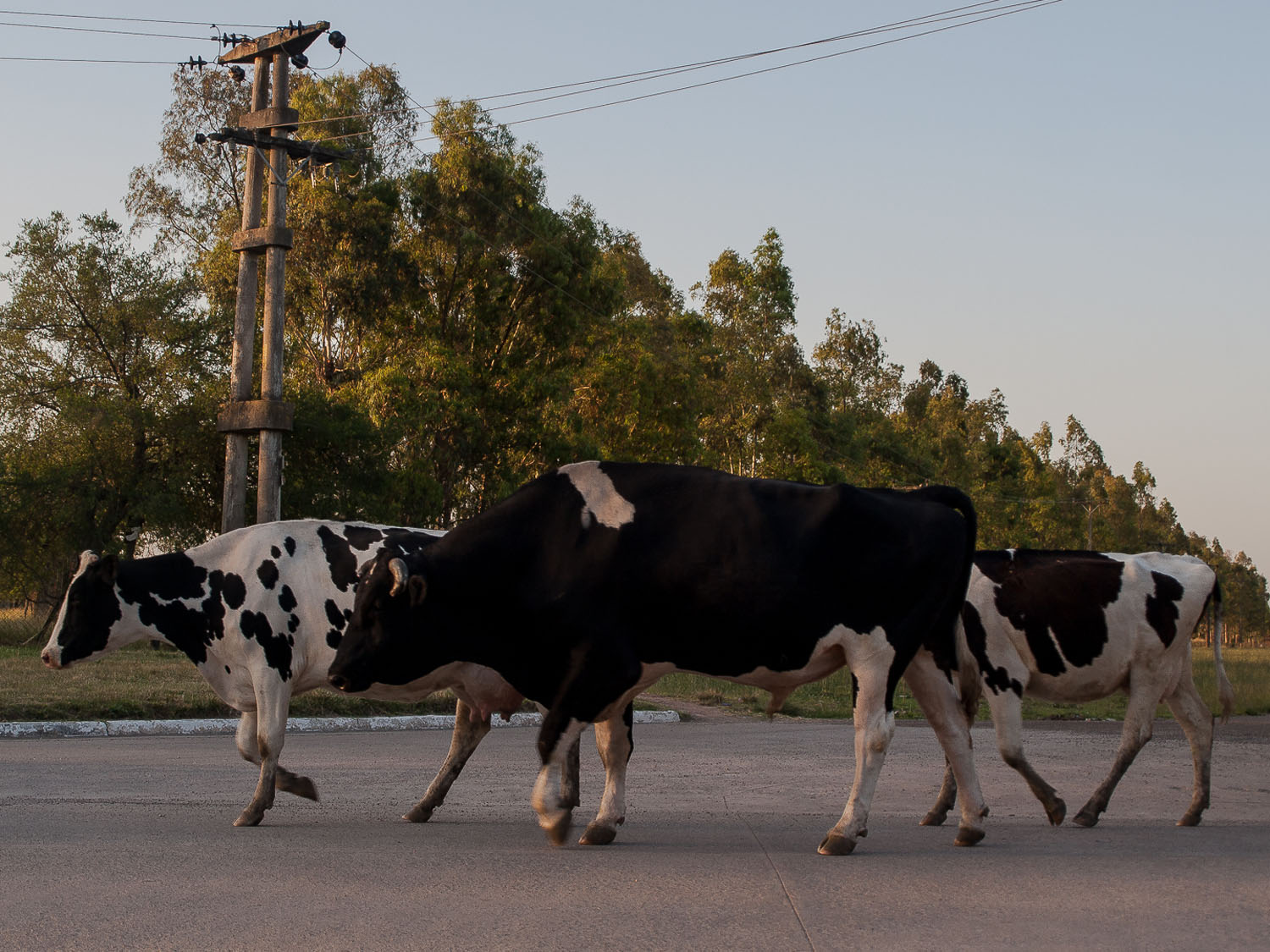
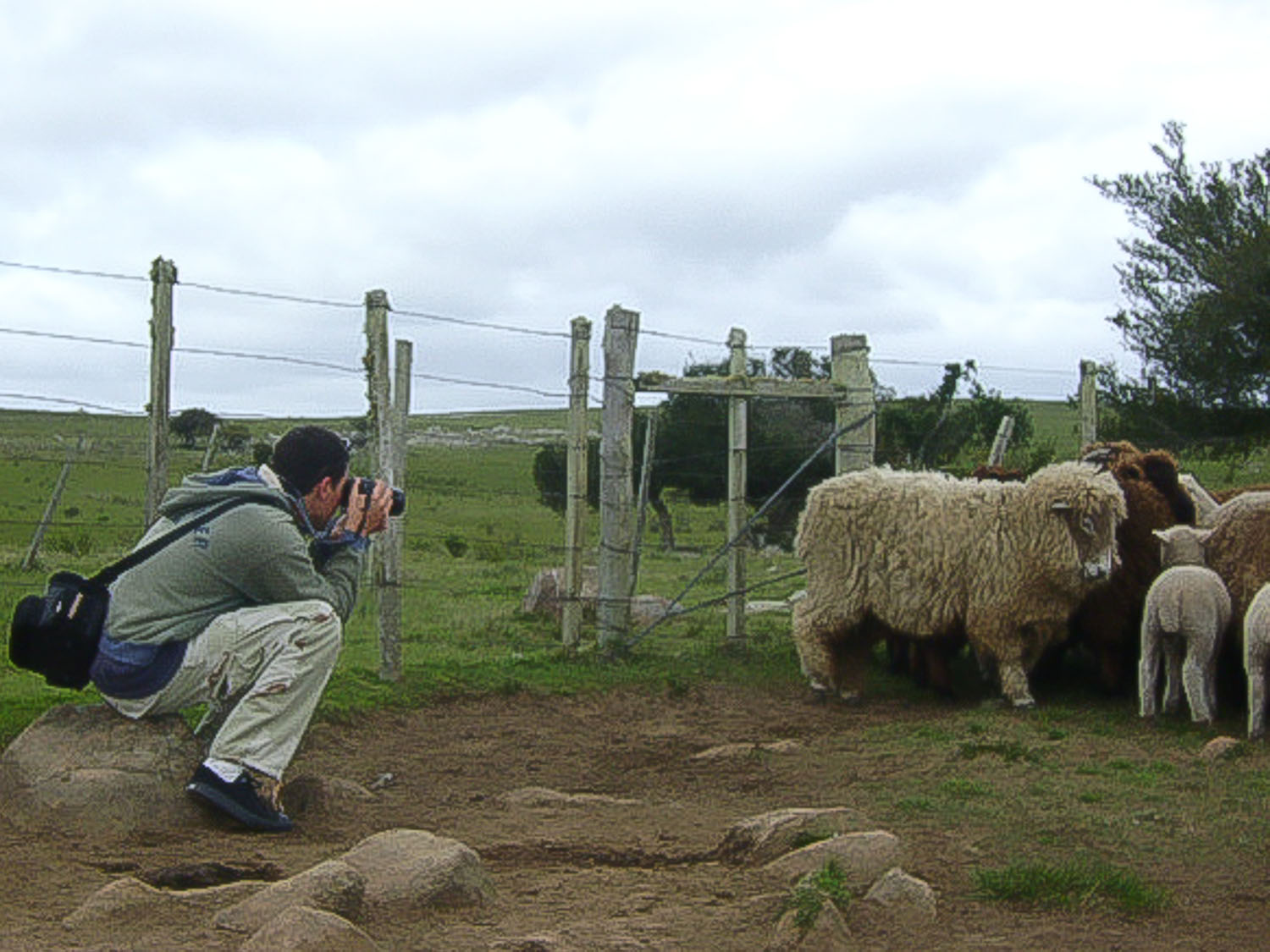
How would you describe the life of a Gaucho in the middle of the countryside?
Many people assume that country life is difficult and it is sacrifice and hard work, but country life is not like the city life. In the country, I feel free (although I am a field labourer). I also ride horses at festivals. Because of this, I am happy because they pay me for doing what I like most.
Who accompanies the gauchos in their work, apart from another colleague?
In my opinion, the horse and the dog are very noble animals, and they are with us in lonely moments in the open field. You need to trust your horse and your dog to be able to work with animals like sheep and cows. We have to dominate the horse and, at the same time, give orders to the dog to work.
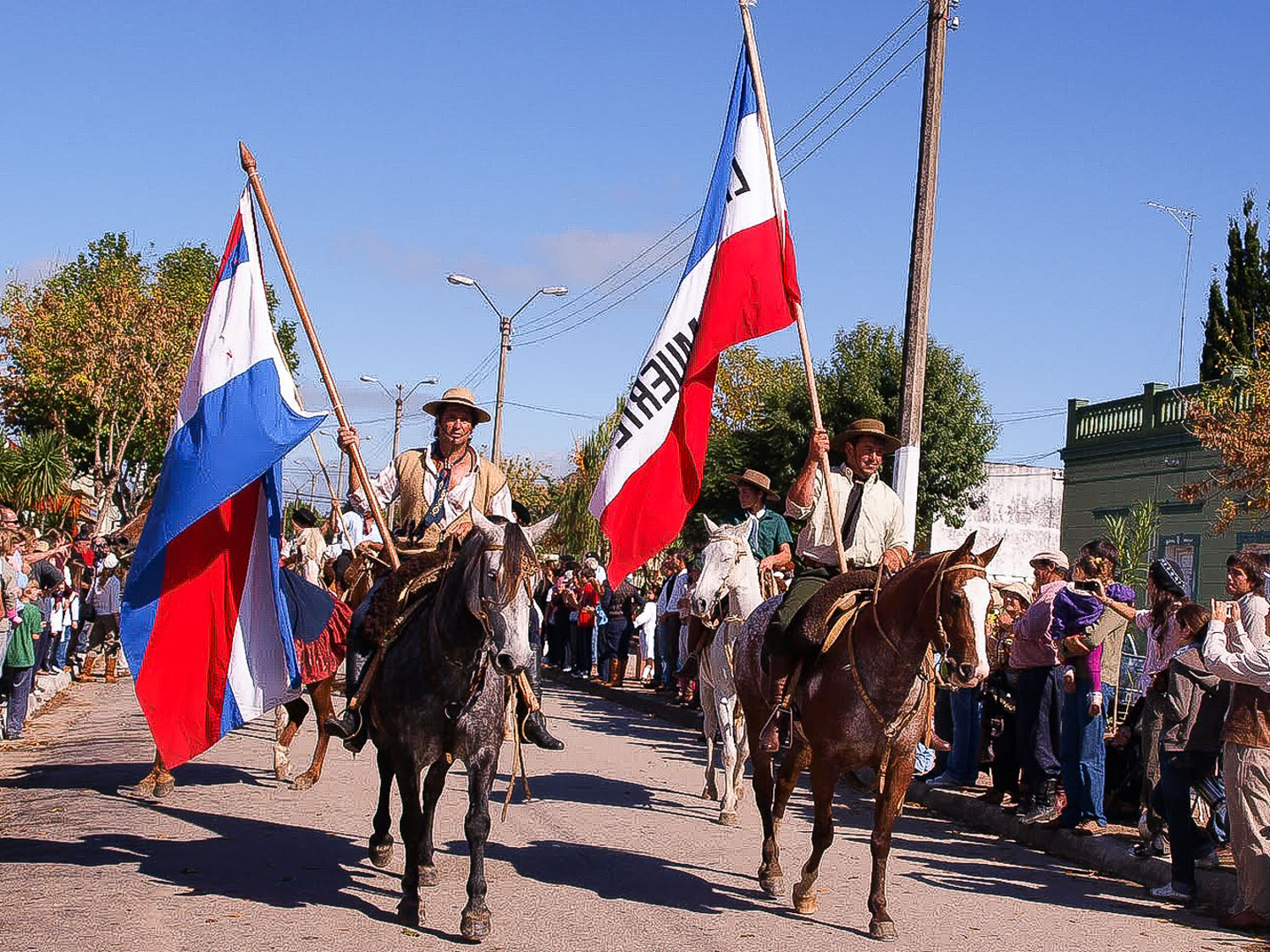
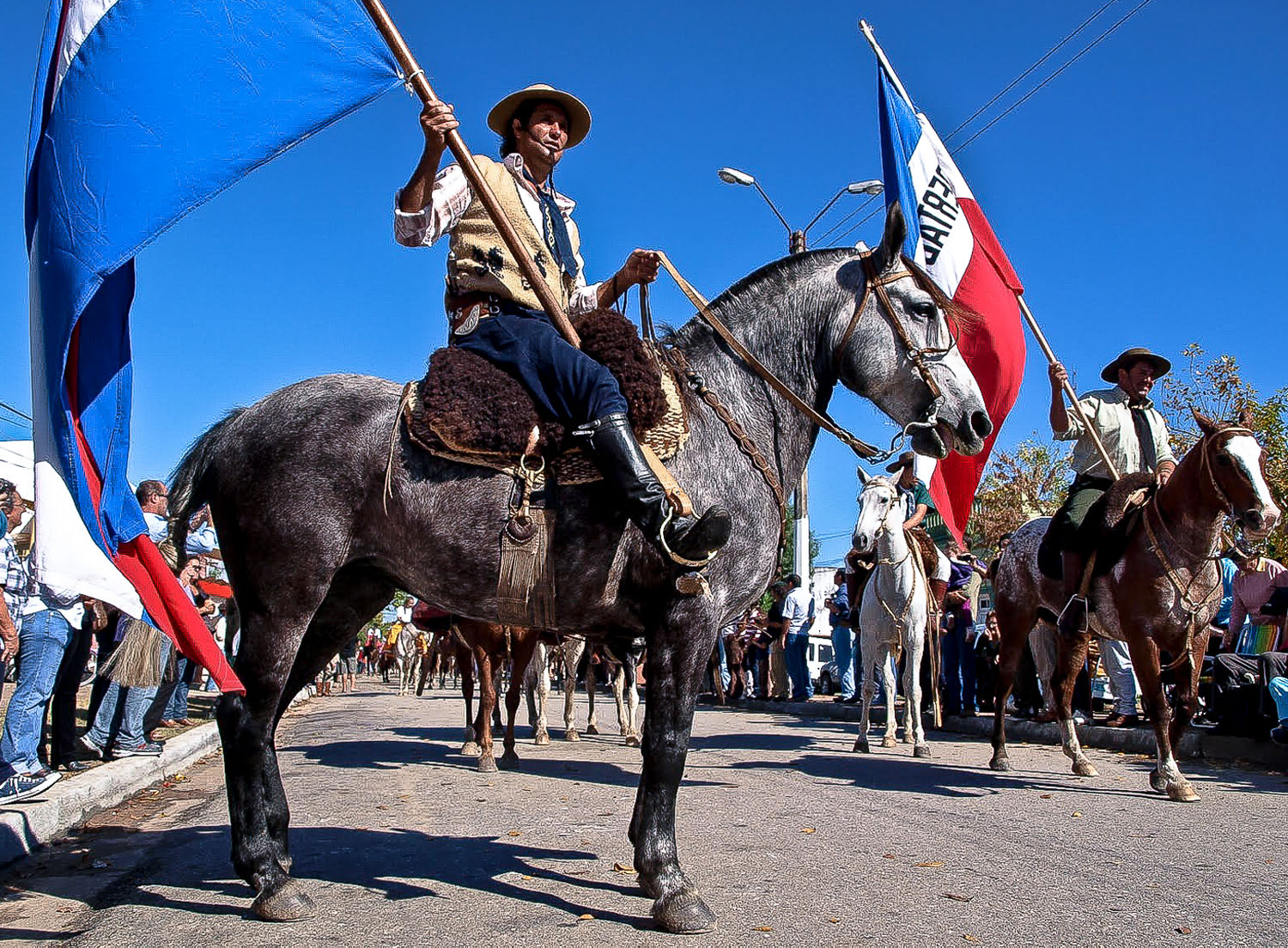
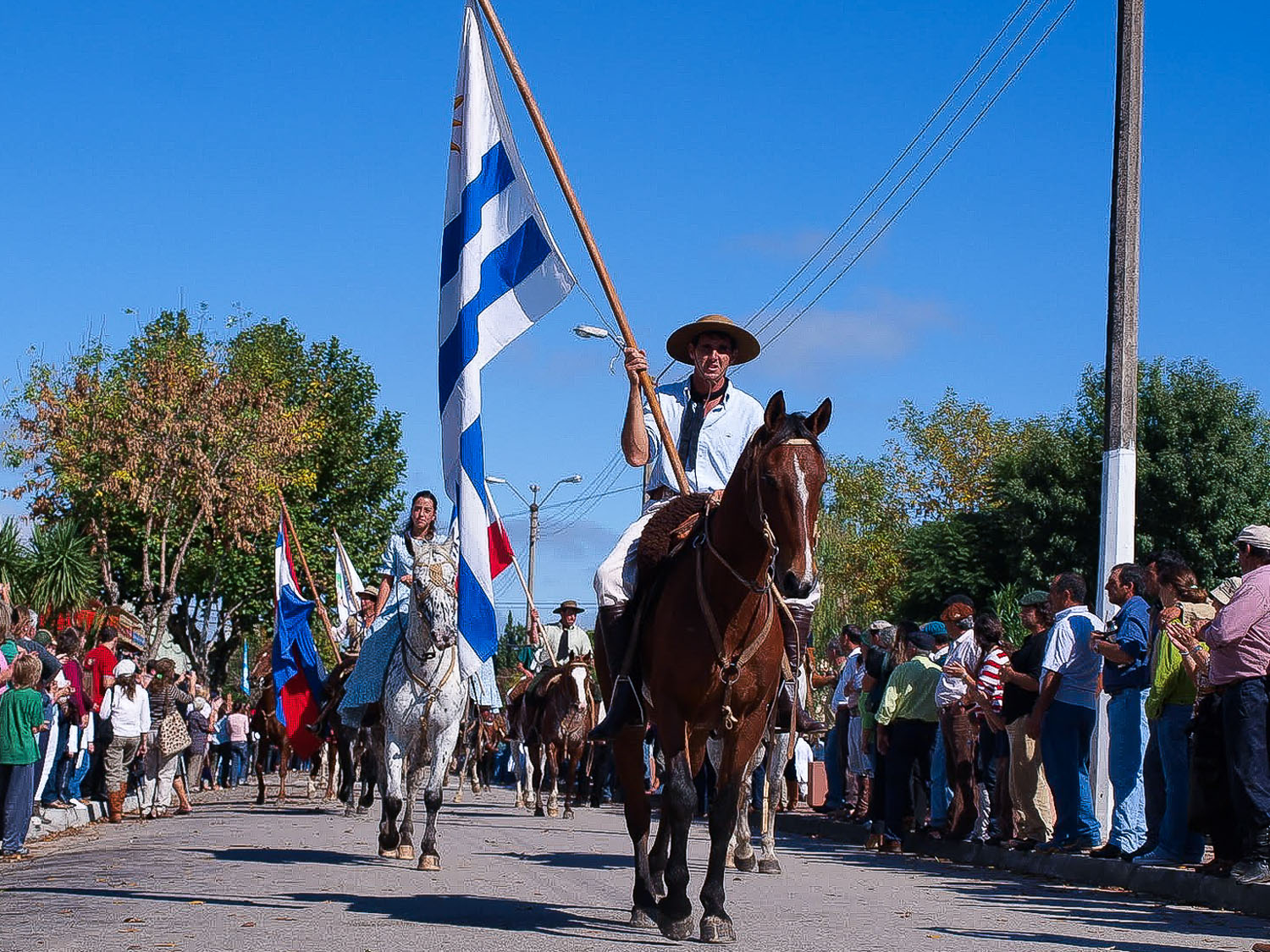
RIGHT: Olympus E-520 . Olympus M.Zuiko 14-42mmF3.5-5.6 @32mm . f/7.1 . 1/640″ . ISO 100
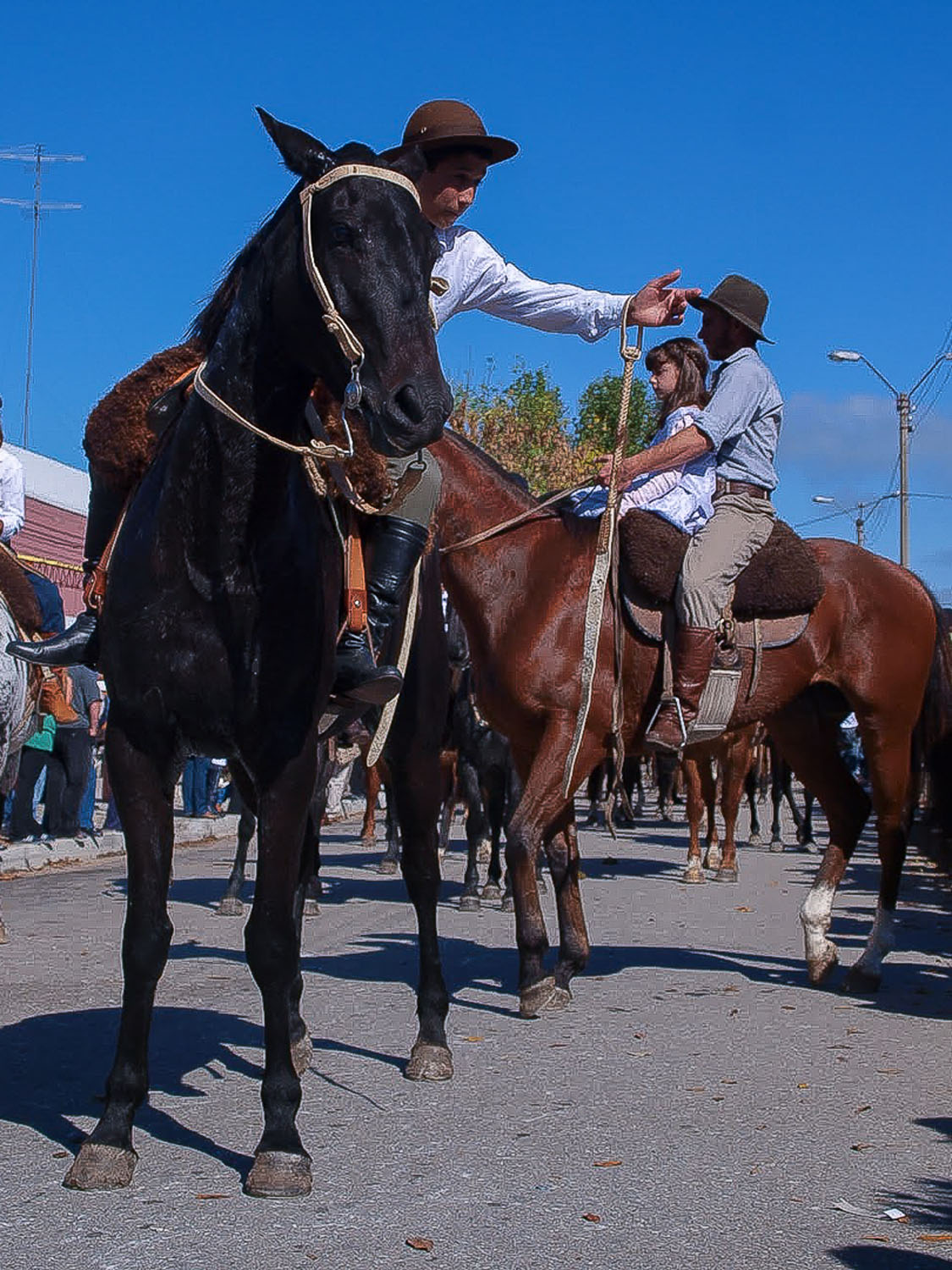
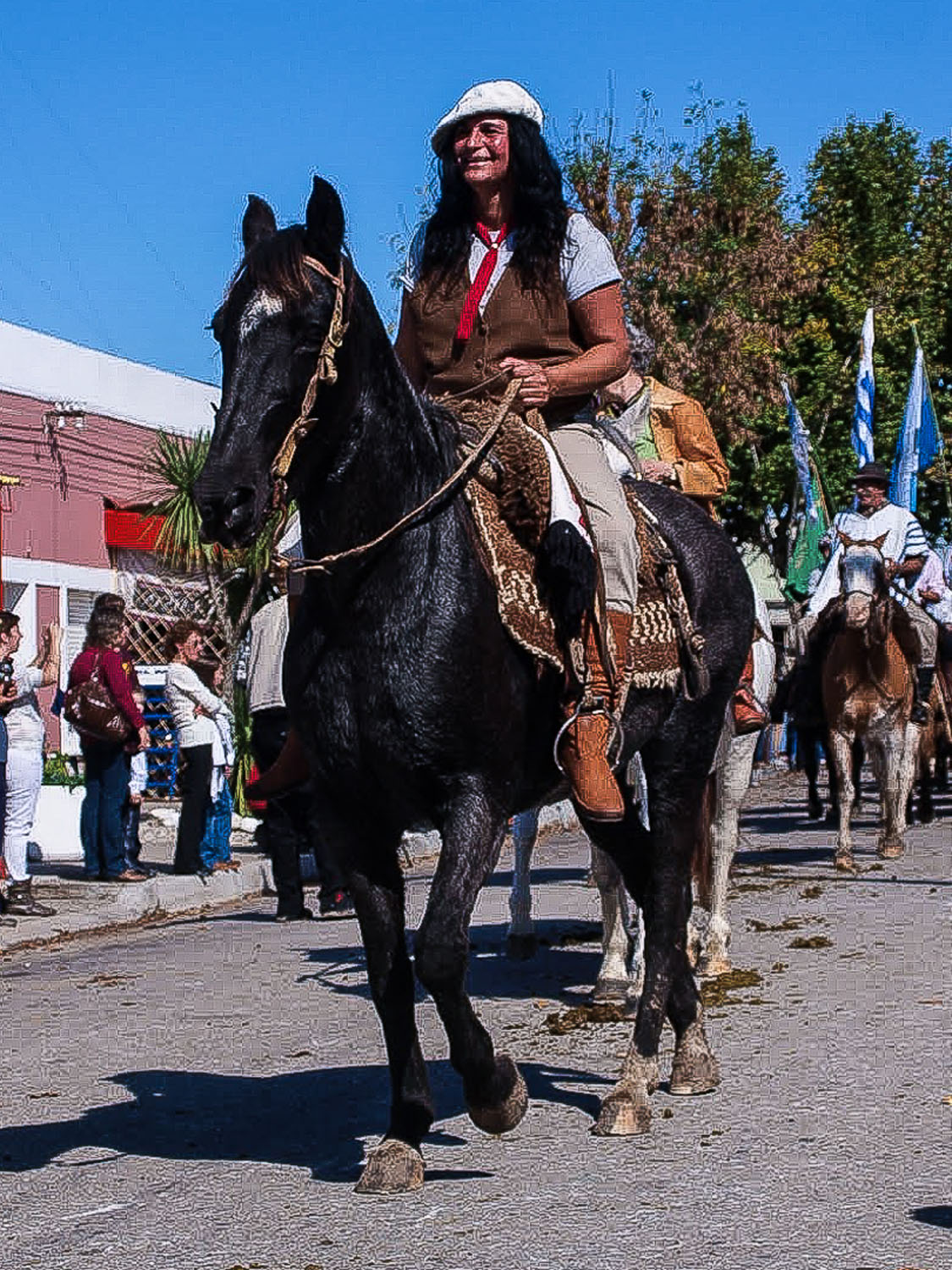
RIGHT: Olympus E-520 . Olympus M.Zuiko 14-42mmF3.5-5.6 @30mm . f/7.1 . 1/640″ . ISO 100
What is called being a colt horse trainer?
Dressage, Gustavo, is the activity that I enjoy doing because when people bring you a colt horse to be tamed, I ask them if it is for daily walking, working in the field or for some equestrian sport. “Gaucho” has to know two things: The first one has to do with the trust of the owner of the animal in bringing it to you so that you can tame it, and the second, and the most important, is knowing it, or being able to understand the horse. You have to remember that it comes from a country environment, from being free, running with his troop and his other horses and now he is next to a person who is the first time he has seen him in his life. You have to be very patient and intelligent. Besides, you have to keep in mind that taming a horse takes more or less 30 minutes. Sometimes, it takes days (depending on the horse).
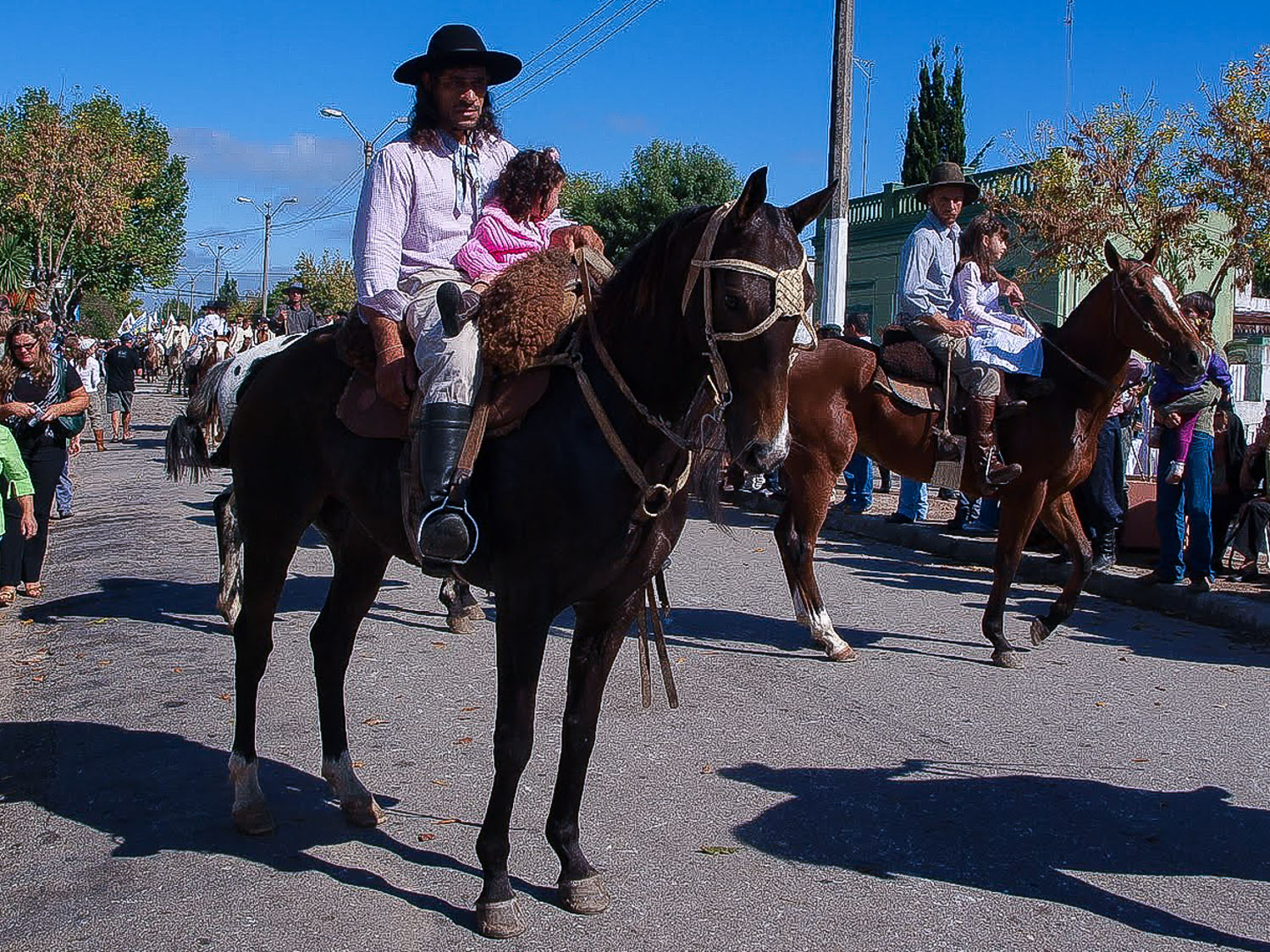
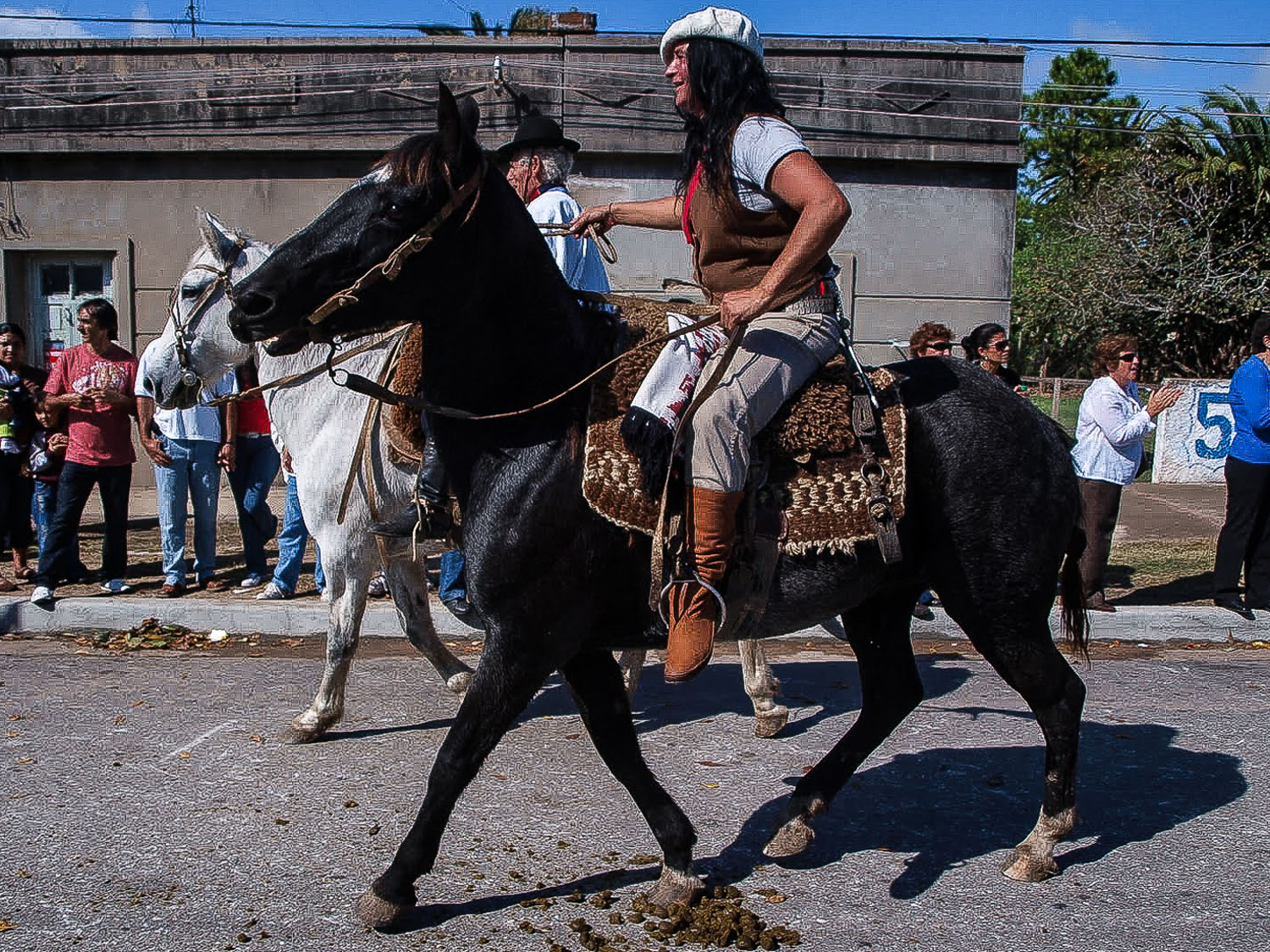
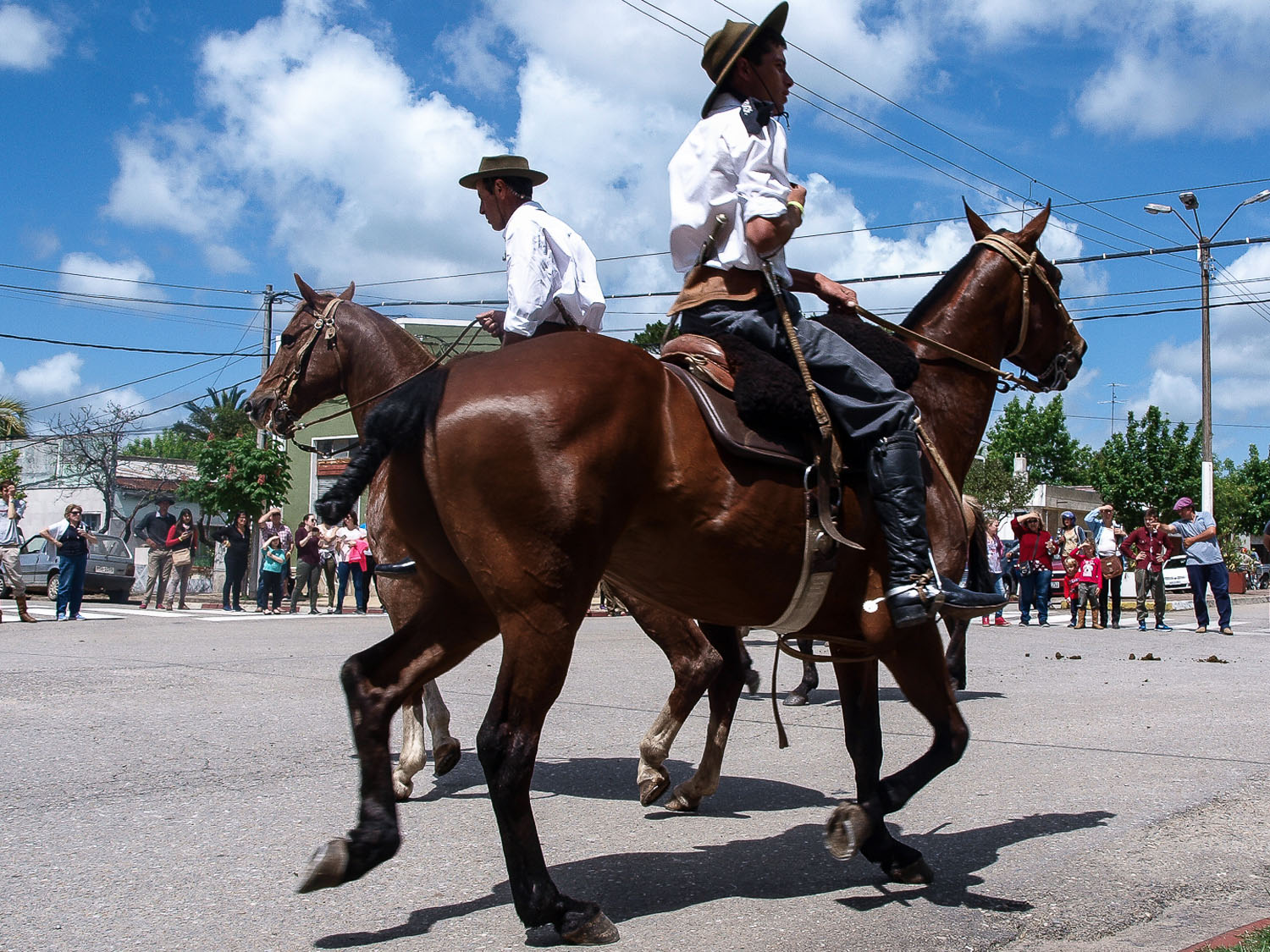
RIGHT: Olympus E-520 . Olympus M.Zuiko 14-42mmF3.5-5.6 @14mm . f/9 . 1/320″ . ISO 100
I believe that horses are like people (each one has their own behaviour). Some days are good, and one says I have mastered it! And the next day, everything goes wrong, and I have to start again. That’s why I told you that you must learn from the horse to know how it thinks and feels. Moreover, you have to understand it and respect its timing because it is an animal (a very intelligent one!), and the trainer’s experience is seen.
Taming takes time because you must gain its trust before trying to ride and start teaching him the bit.
Riding is considered a sport, the riding horse is beaten with dressage.
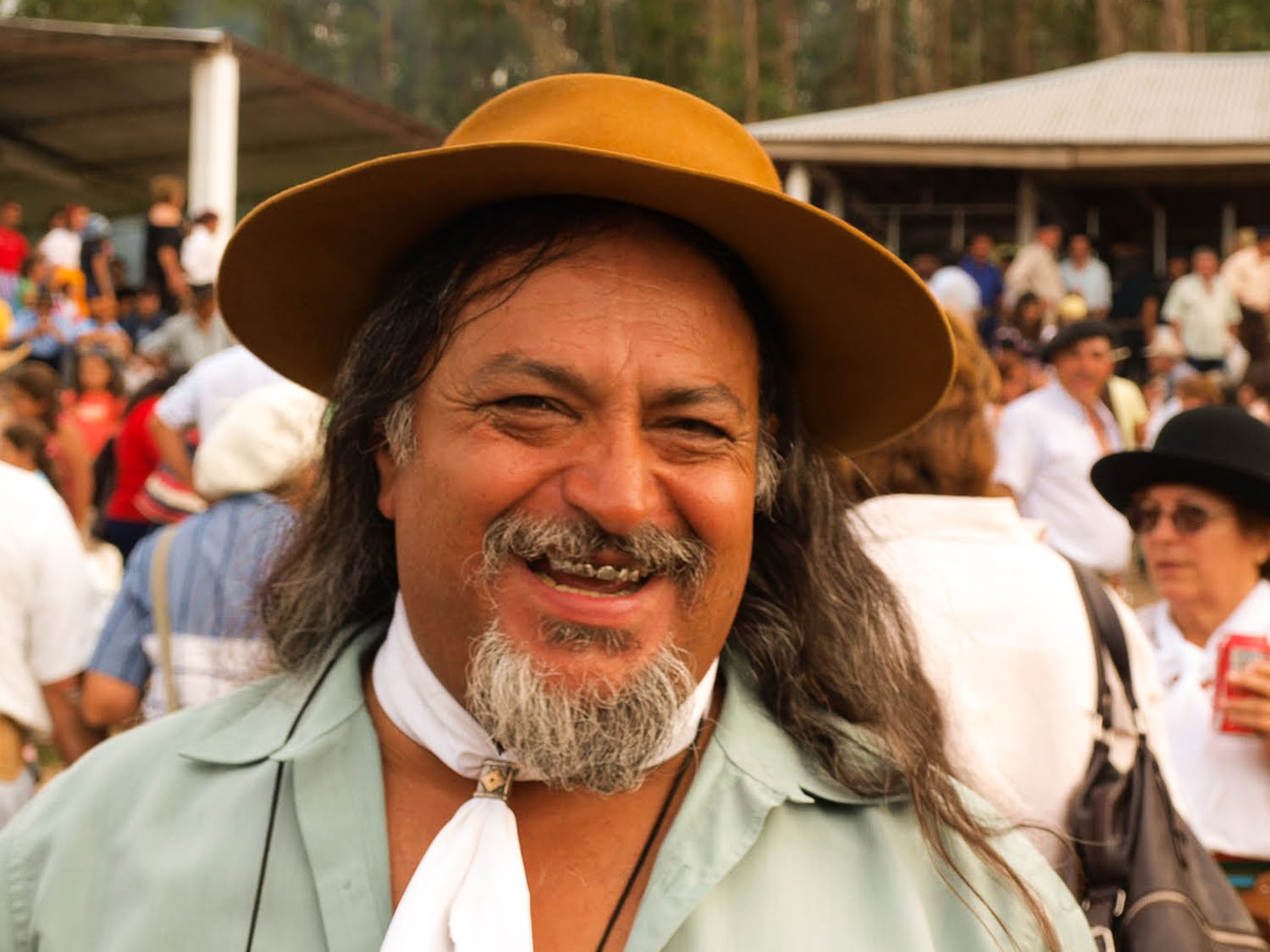
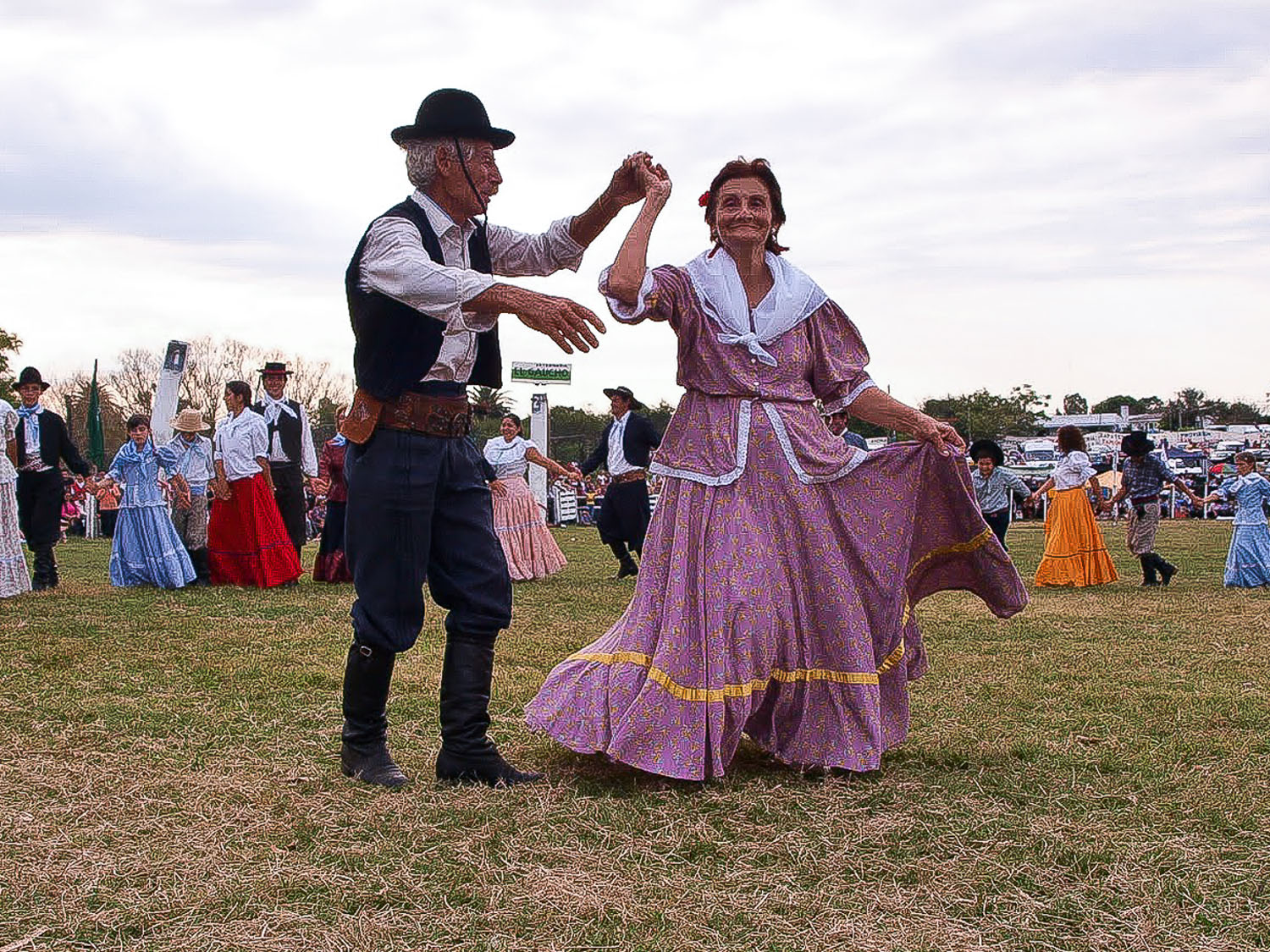
RIGHT: Olympus E-520 . Olympus M.Zuiko 14-42mmF3.5-5.6 @14mm . f/6.3 . 1/250″ . ISO 100
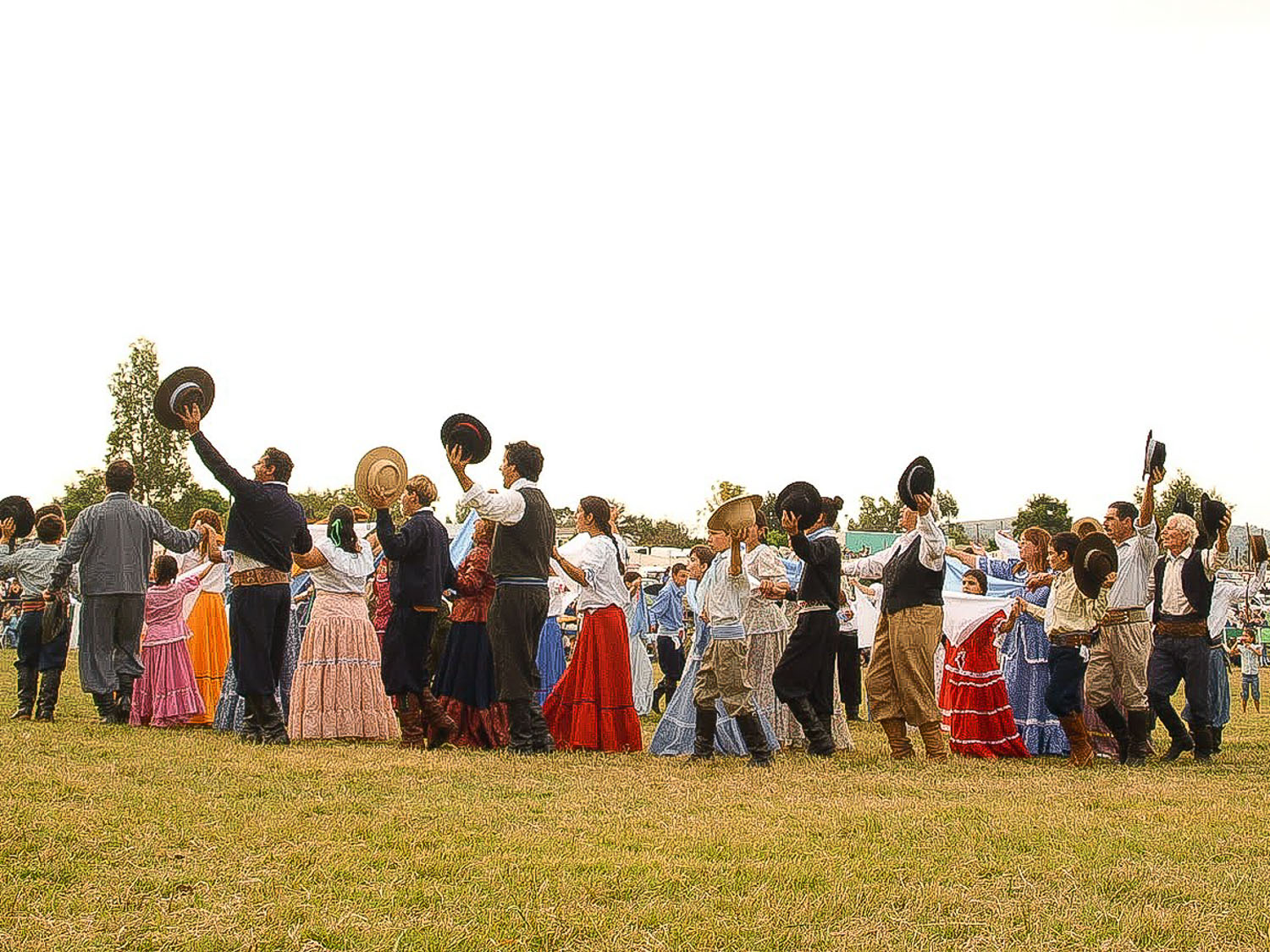
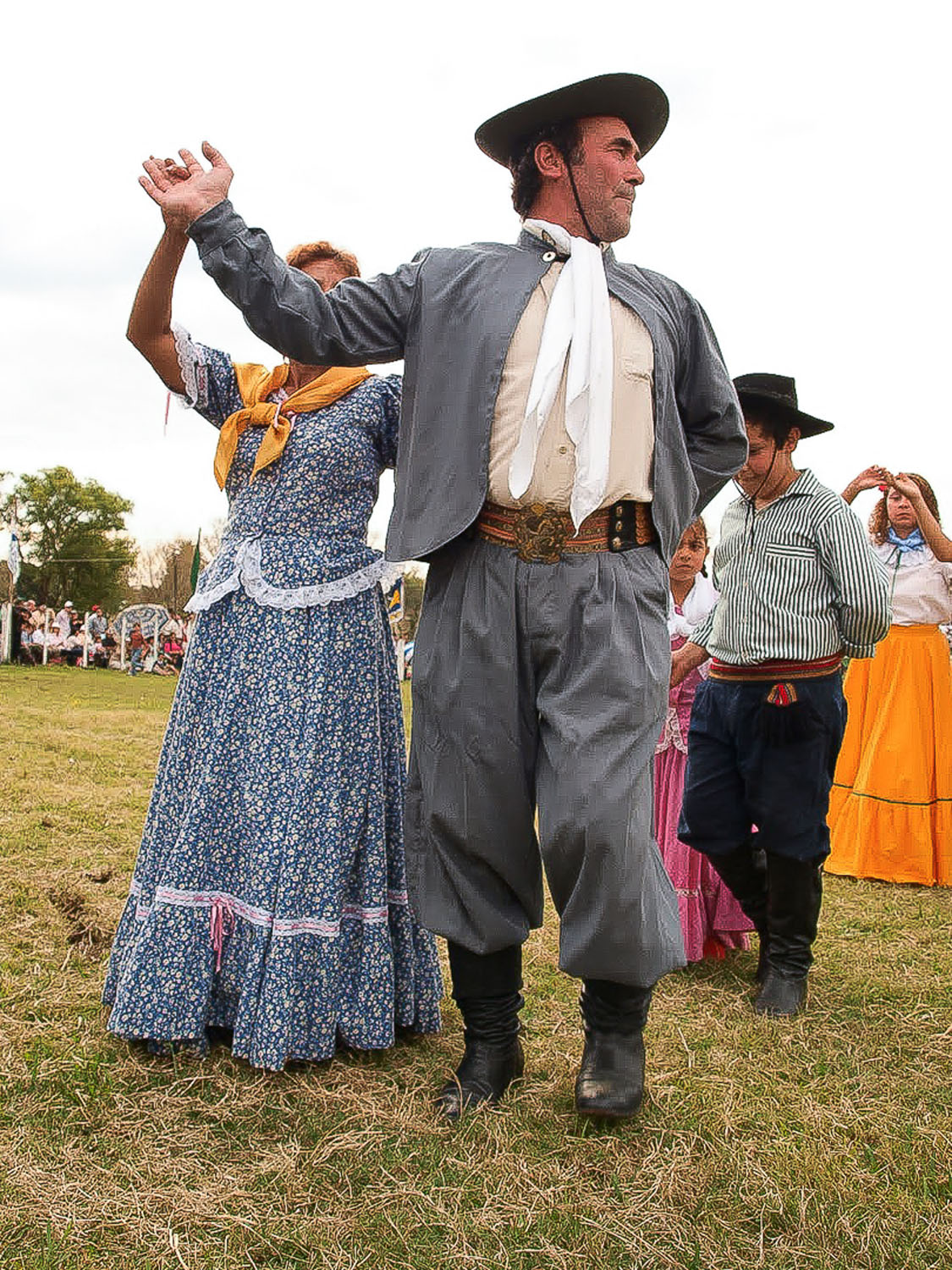
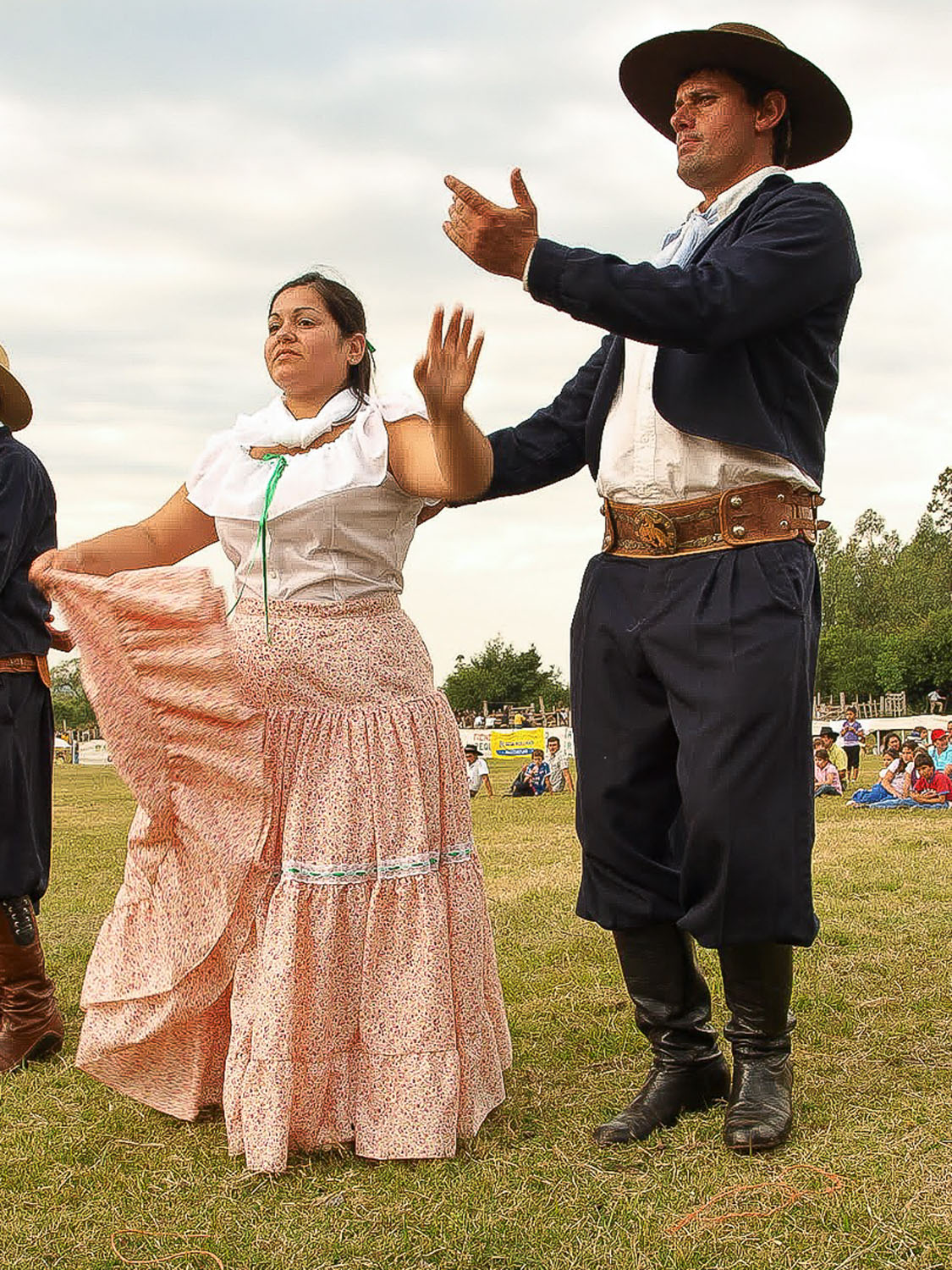
RIGHT: Olympus E-520 . Olympus M.Zuiko 14-42mmF3.5-5.6 @16mm . f/6.3 . 1/125″ . ISO 100
Dressage beating, what is it called?
It means that these types of horses are animals that were not allowed to be tamed, be ridden, or horses with bad intentions, and then they are only ridden at festivals or Gaucho parties.
And being a horse rider is called someone who has the ability not to fall off the horse in its purest form. When you get on the rack, you feel adrenaline running through your body because you know that when you do it, “it’s YOU against the animal”. You have to be very agile.
A “Gaucho” can anticipate the horse’s movement! It lasts 8 seconds and can pose between 60/70kg against an animal that weighs 400kg.
This sport is new, it is about 20 or 30 years.
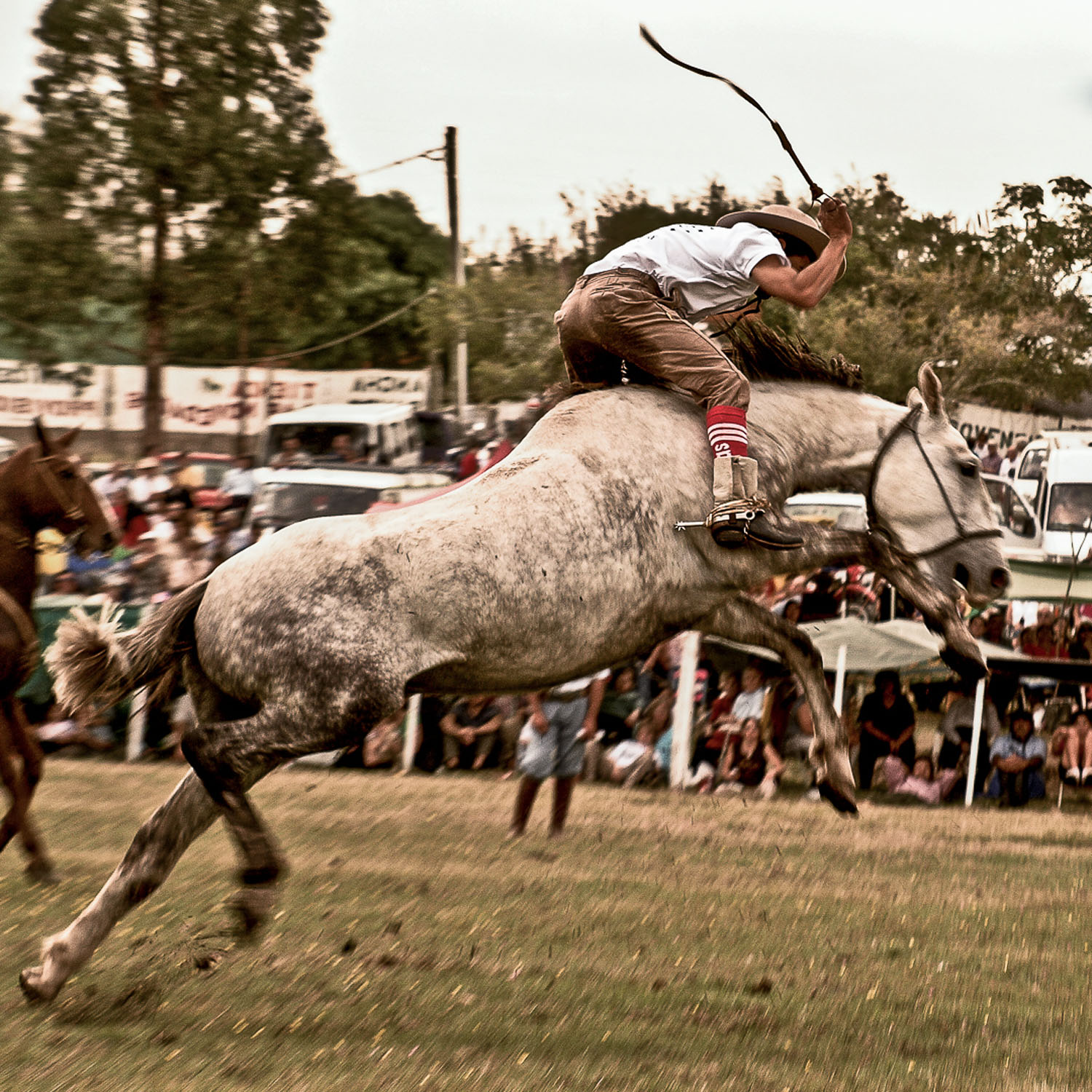
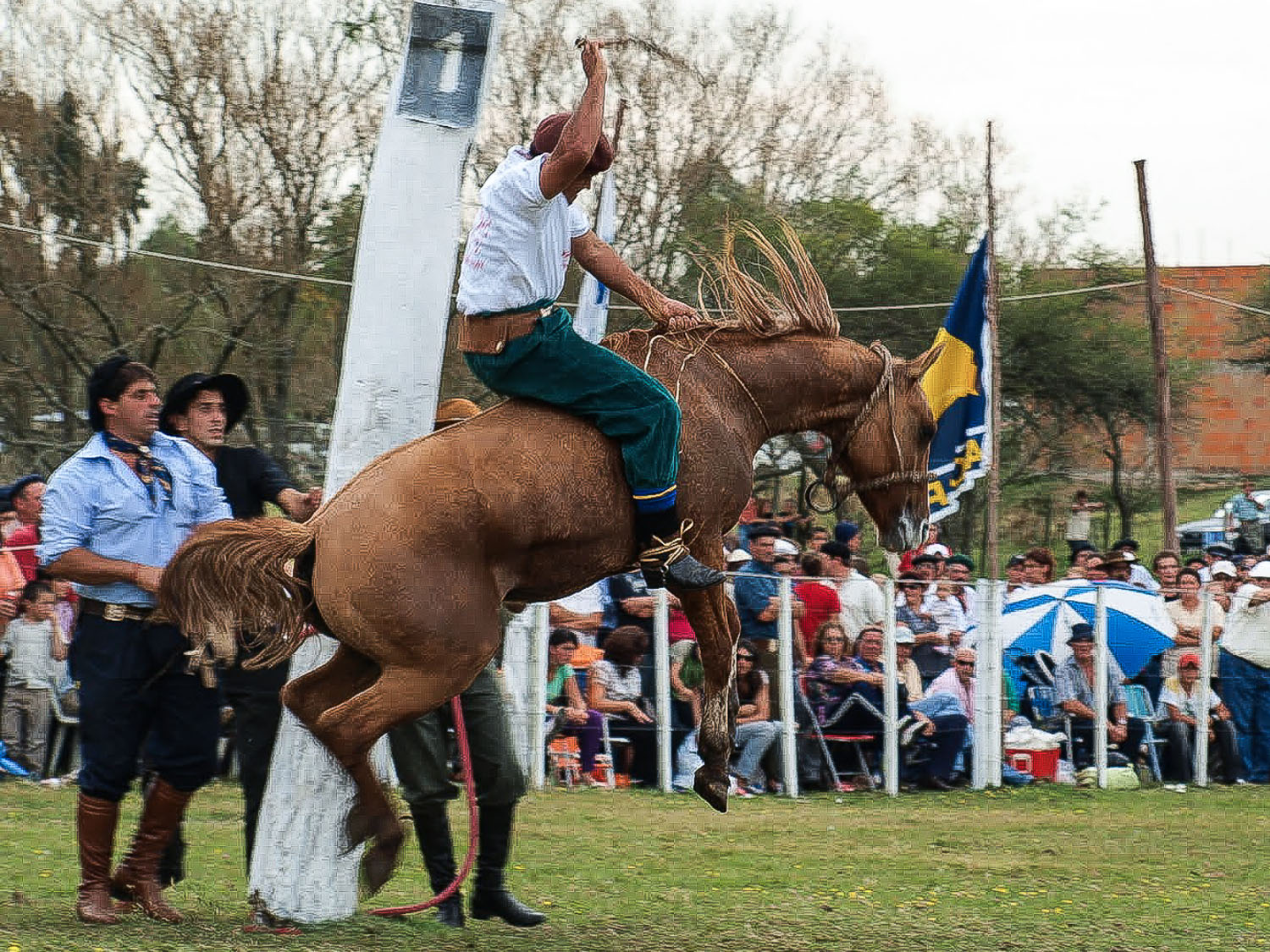
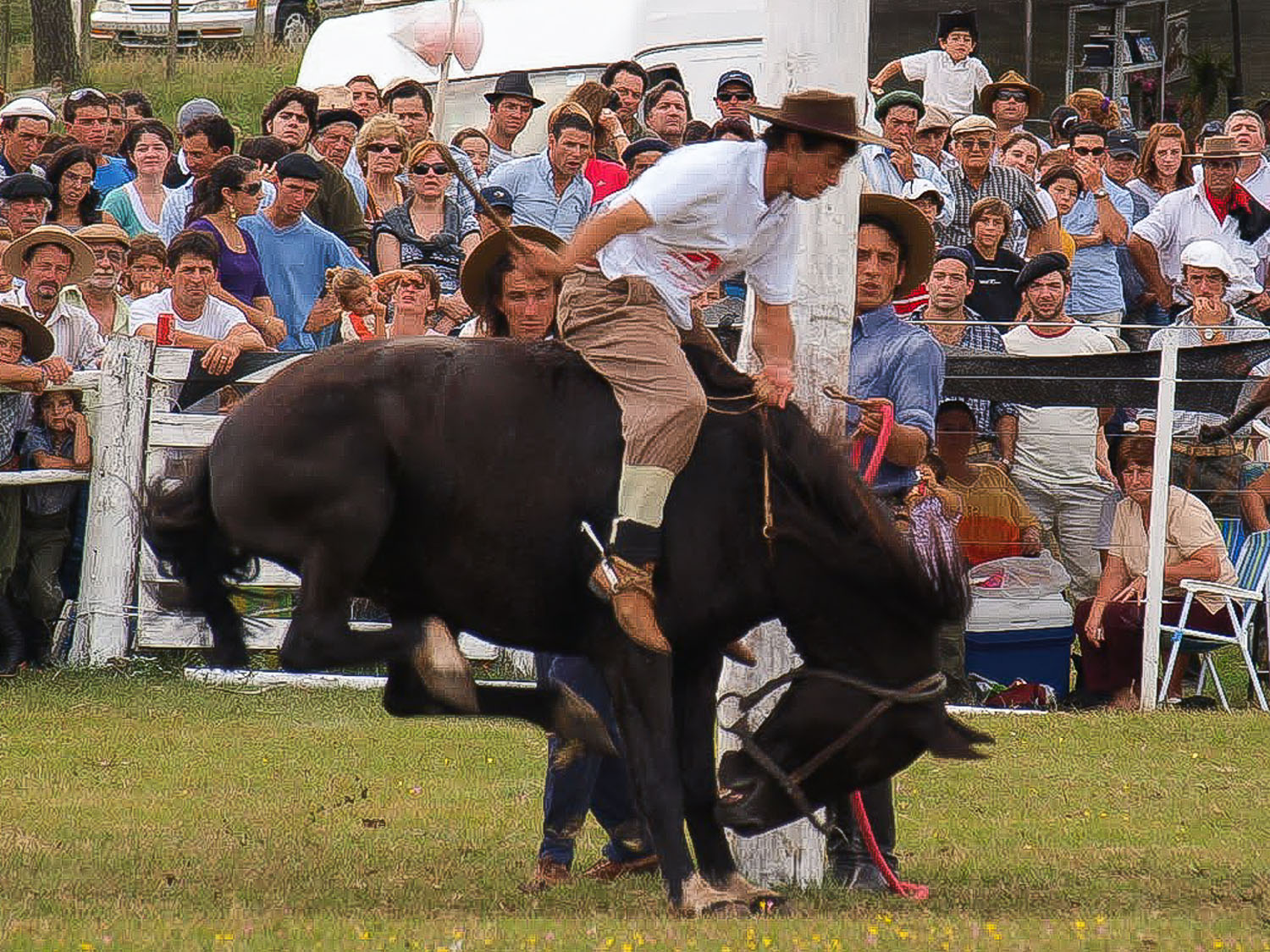
RIGHT: Olympus E-520 . Olympus M.Zuiko 40-150mmF4.0-5.6 @137mm . f/6.3 . 1/160″ . ISO 100
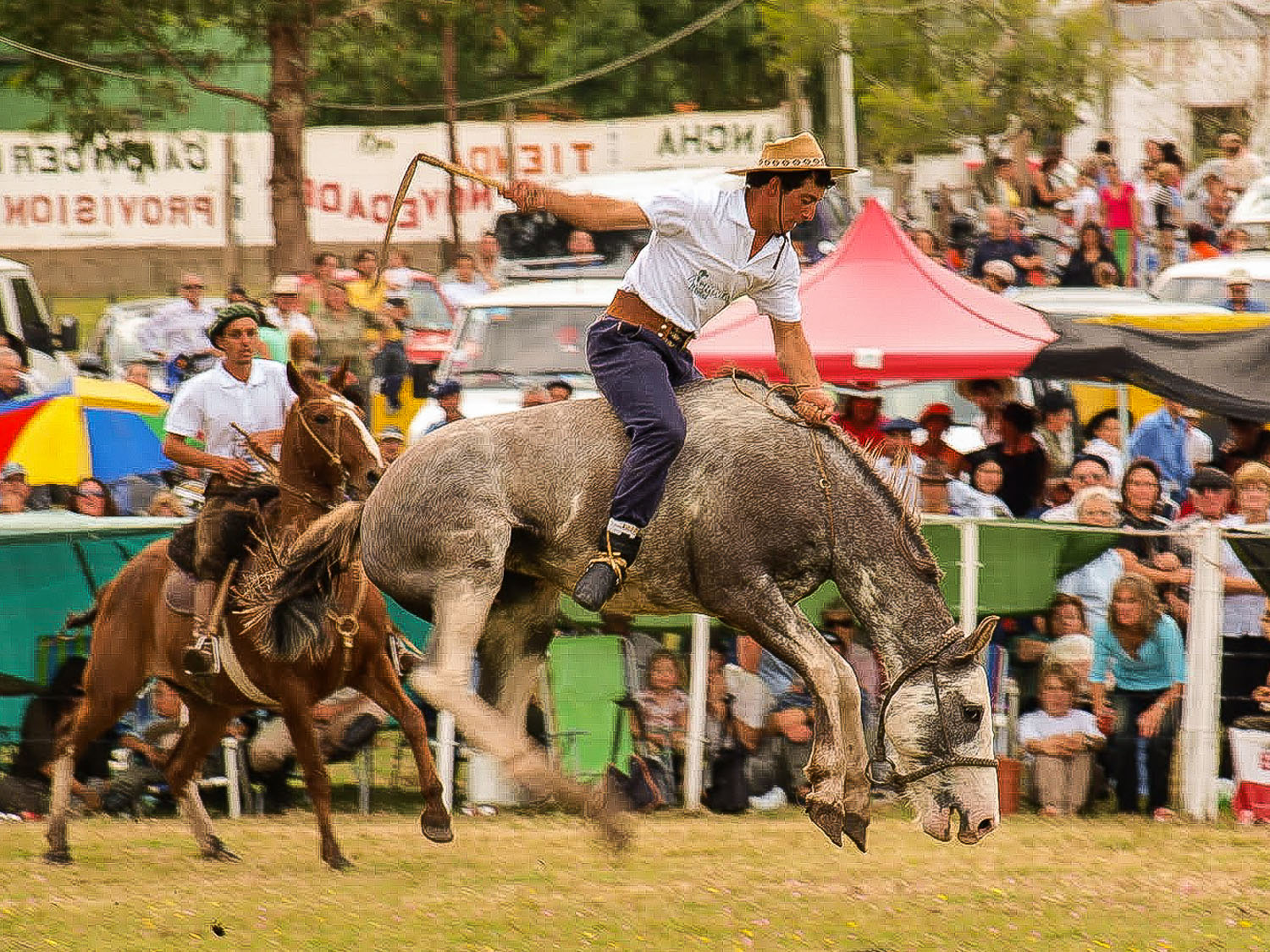
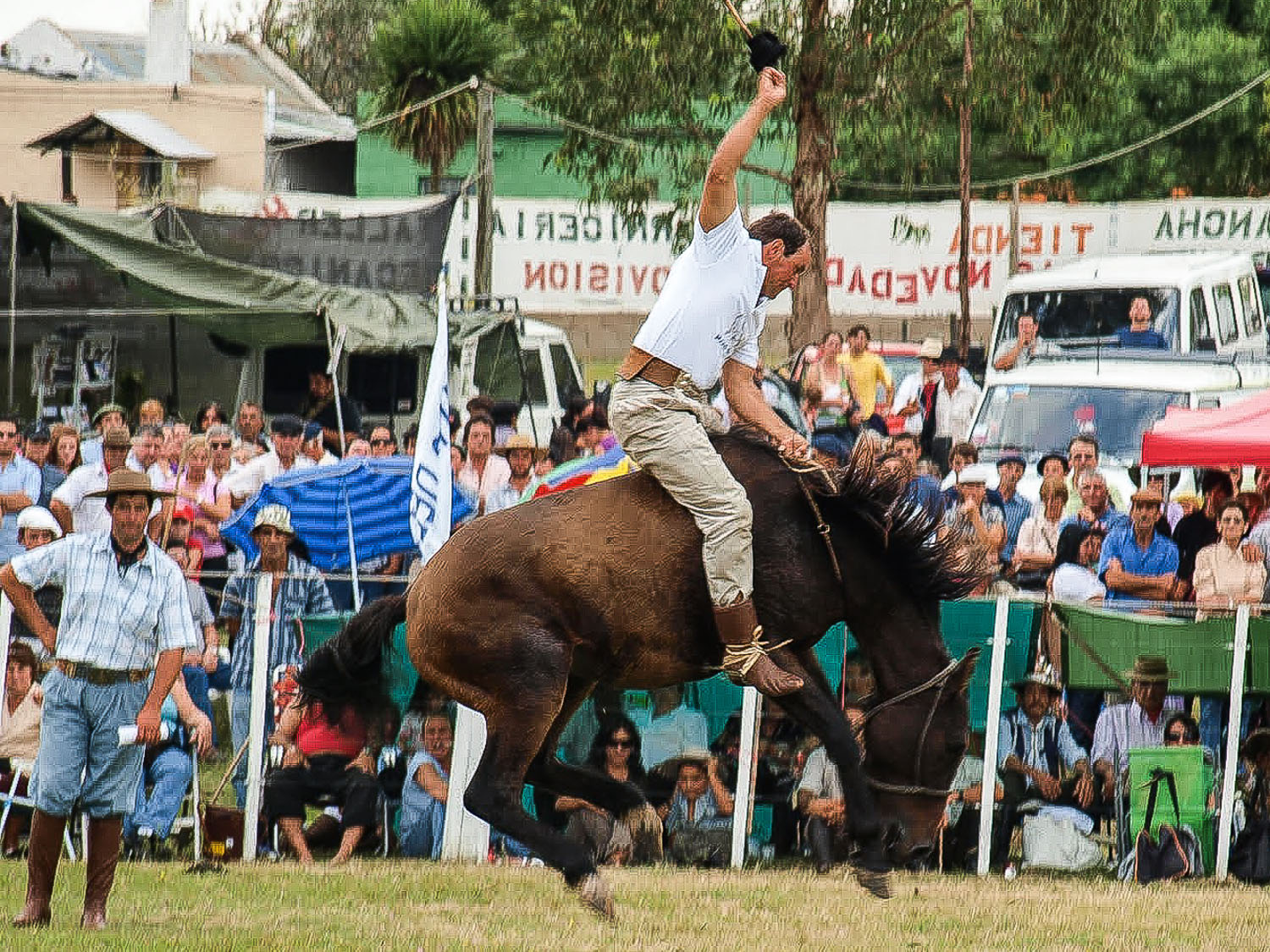
RIGHT: Olympus E-520 . Olympus M.Zuiko 40-150mmF4.0-5.6 @123mm . f/6.3 . 1/160″ . ISO 100
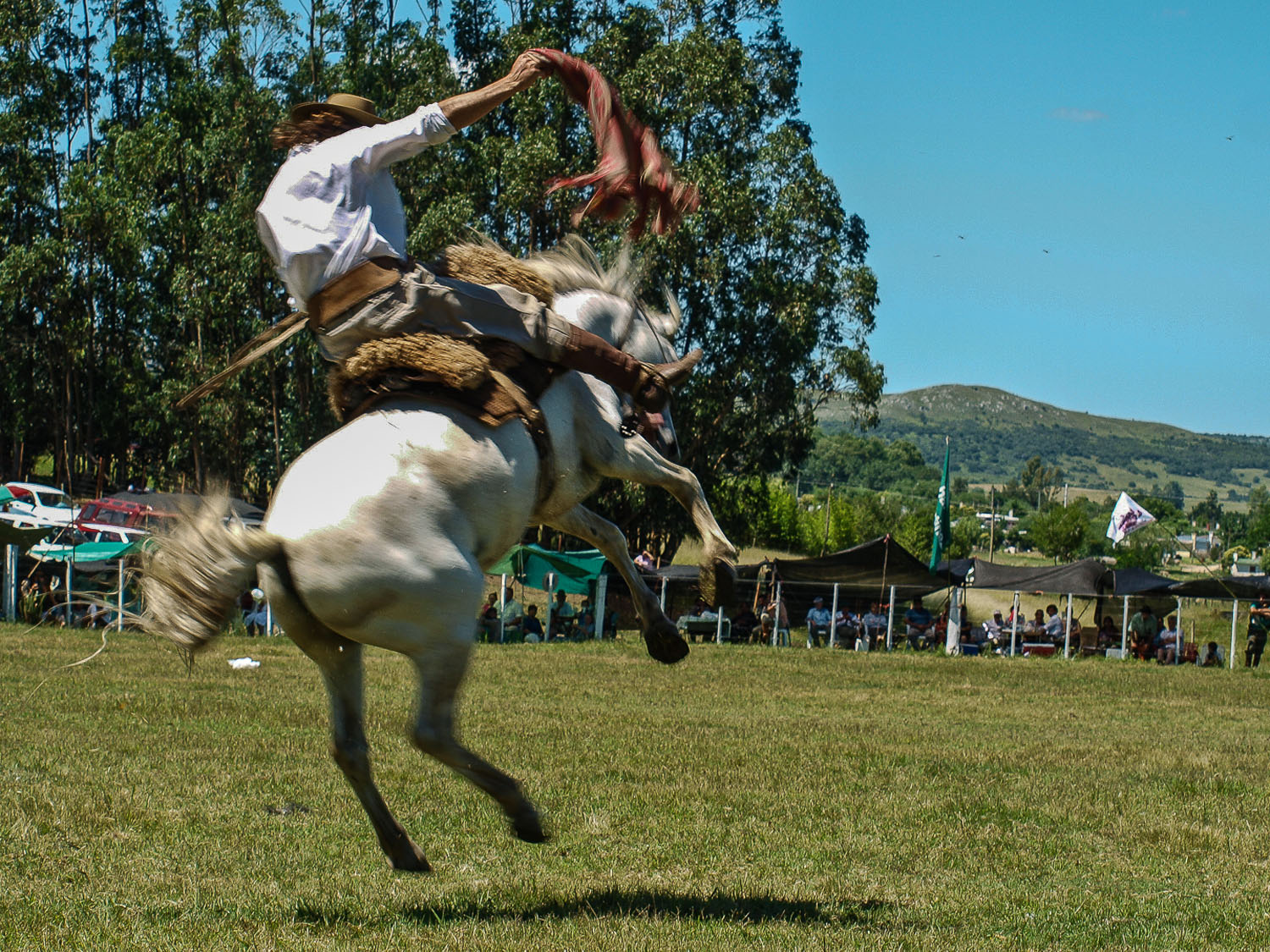
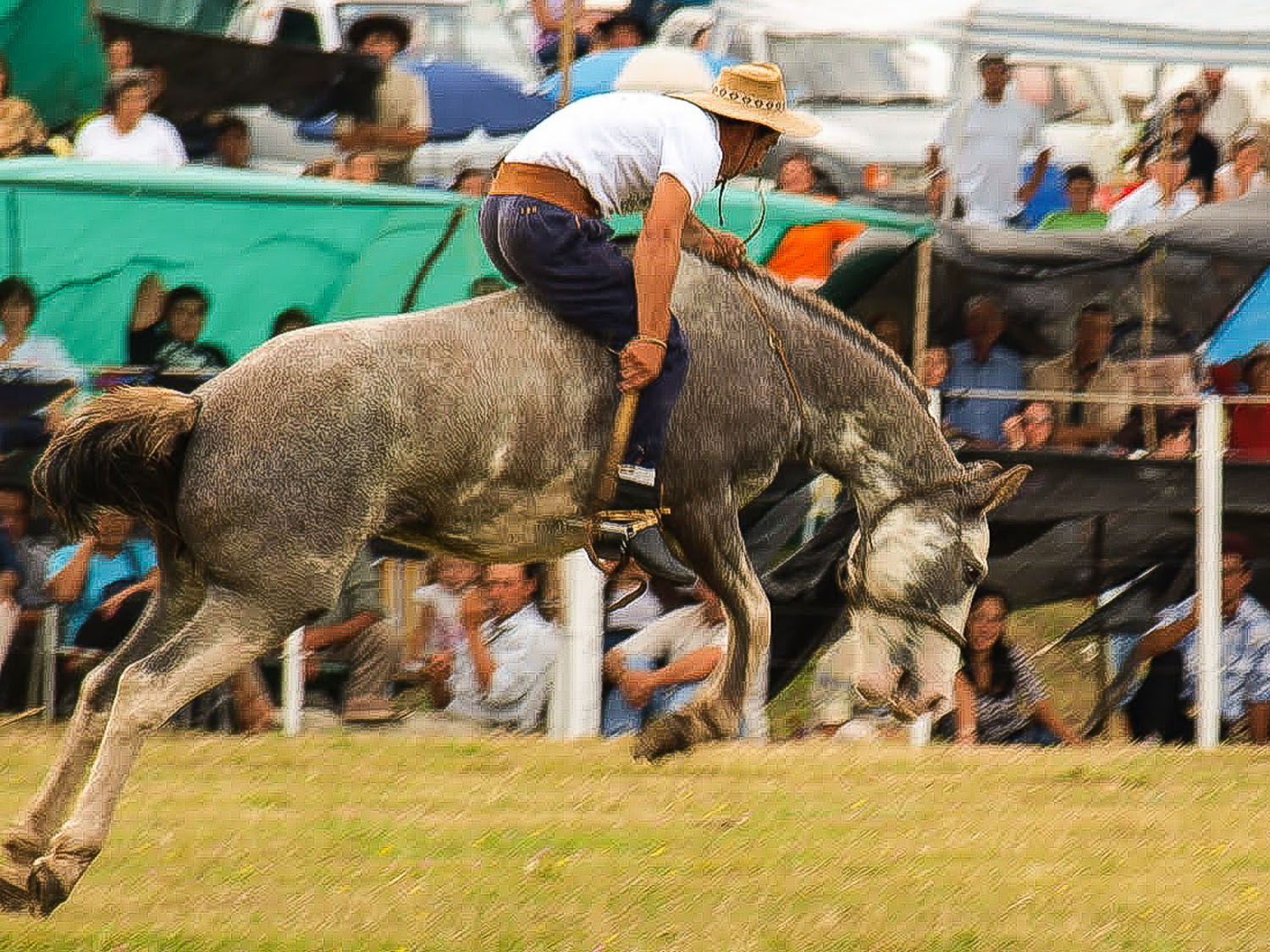
RIGHT: Olympus E-520 . Olympus M.Zuiko 40-150mmF4.0-5.6 @150mm . f/6.3 . 1/160″ . ISO 100
As long as you are in good health, you do not have many physical injuries. And if you don’t feel that adrenaline running through your veins when you are facing the horse, then you are in the wrong place.
In other words, horse riding began in Uruguay as a result of the taming of beaten (bad horses). Finally, it officially became a sport, and there are now horse breeds only for horse riding.
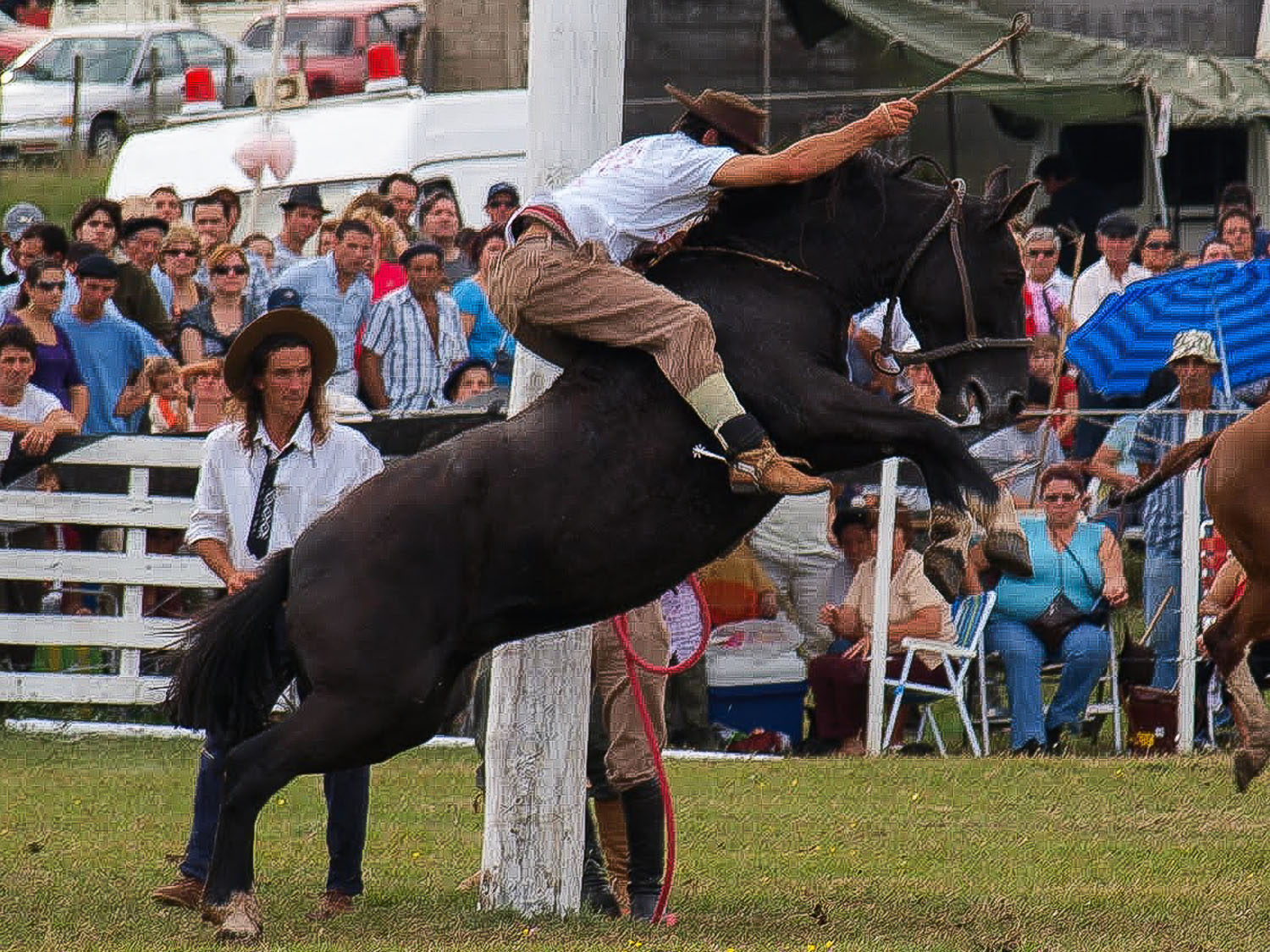
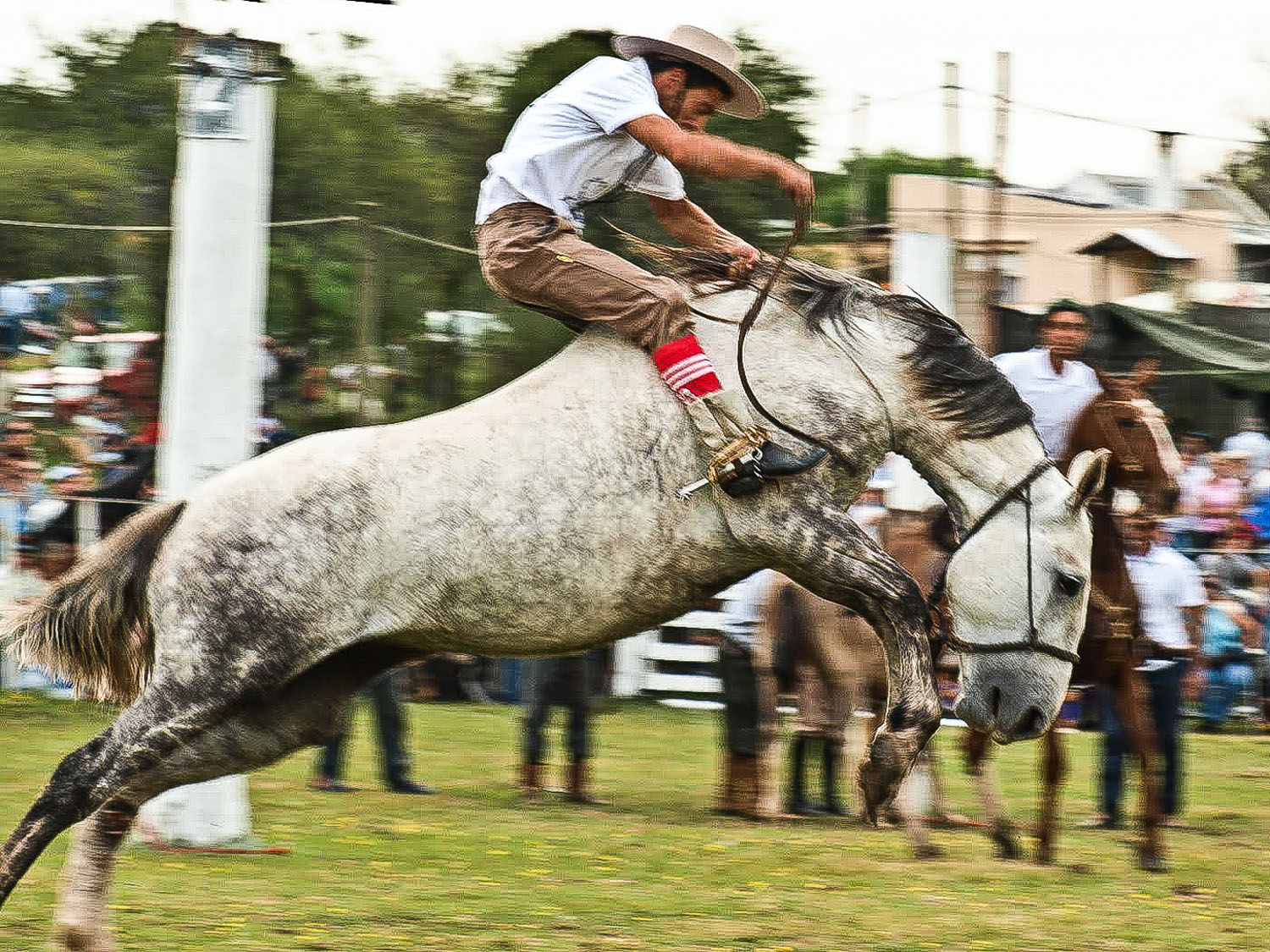
RIGHT: Olympus E-520 . Olympus M.Zuiko 40-150mmF4.0-5.6 @90mm . f/6.3 . 1/160″ . ISO 100
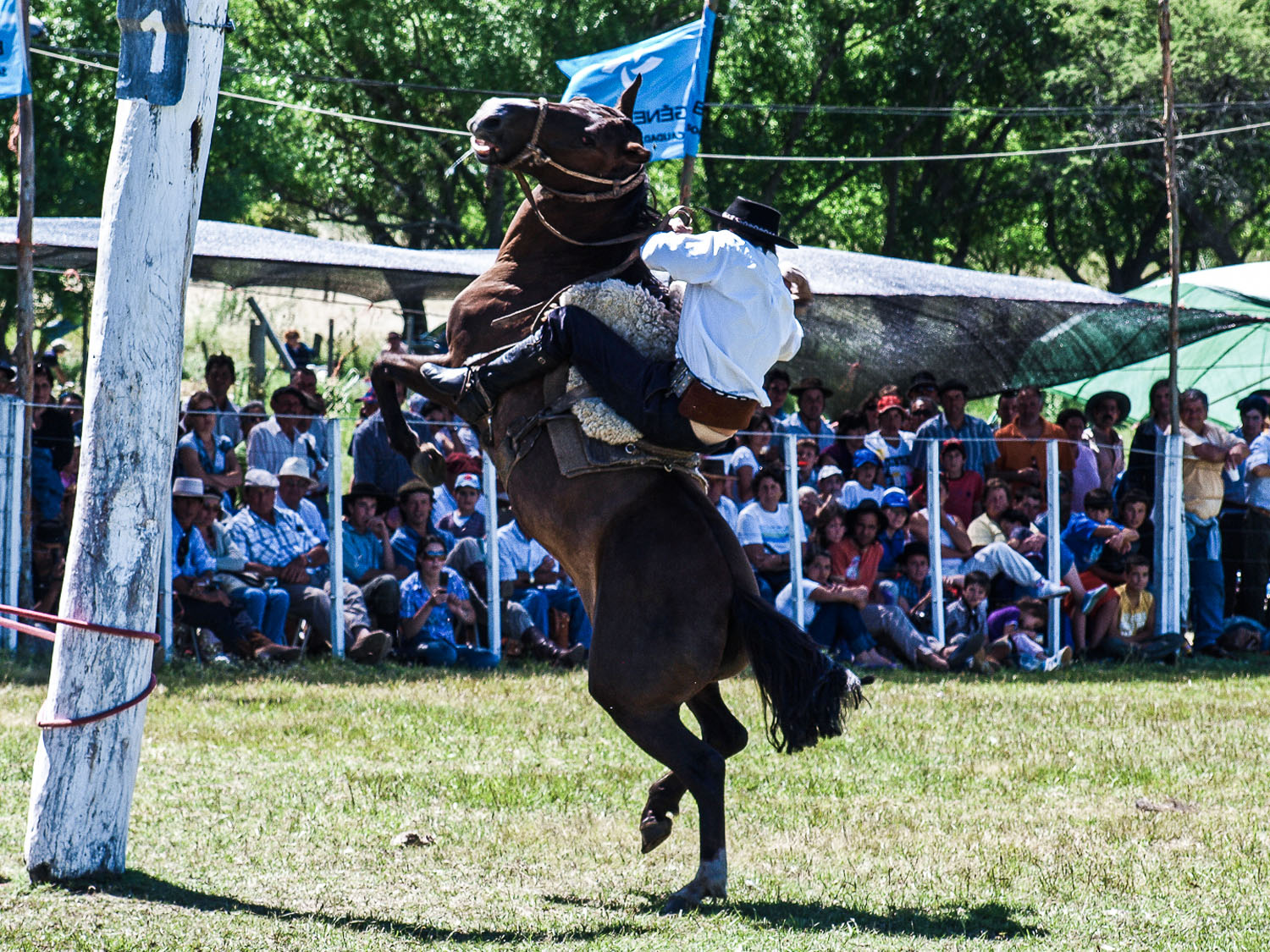
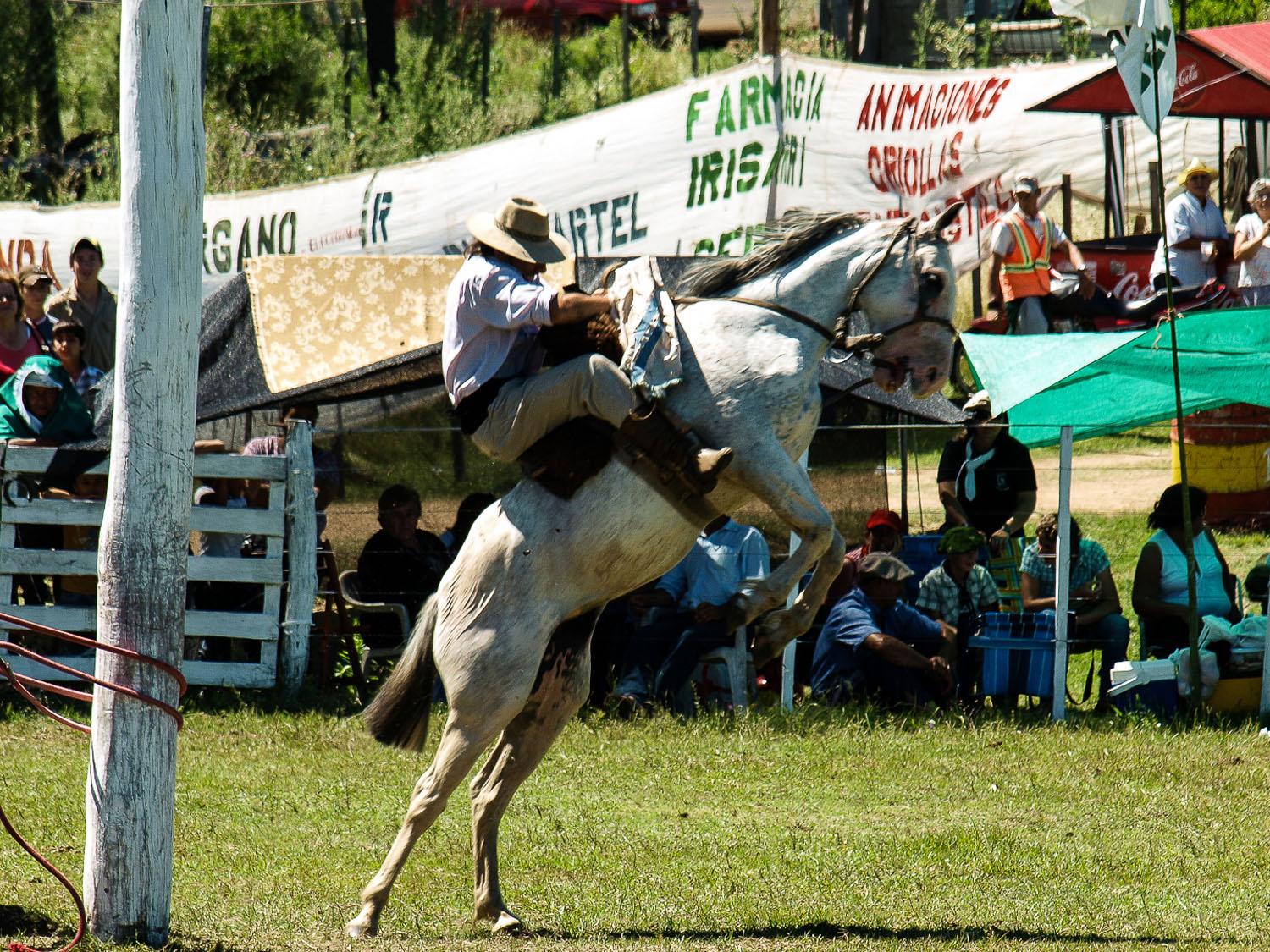
RIGHT: Olympus E-520 . Olympus M.Zuiko 40-150mmF4.0-5.6 @150mm . f/8 . 1/180″ . ISO 100
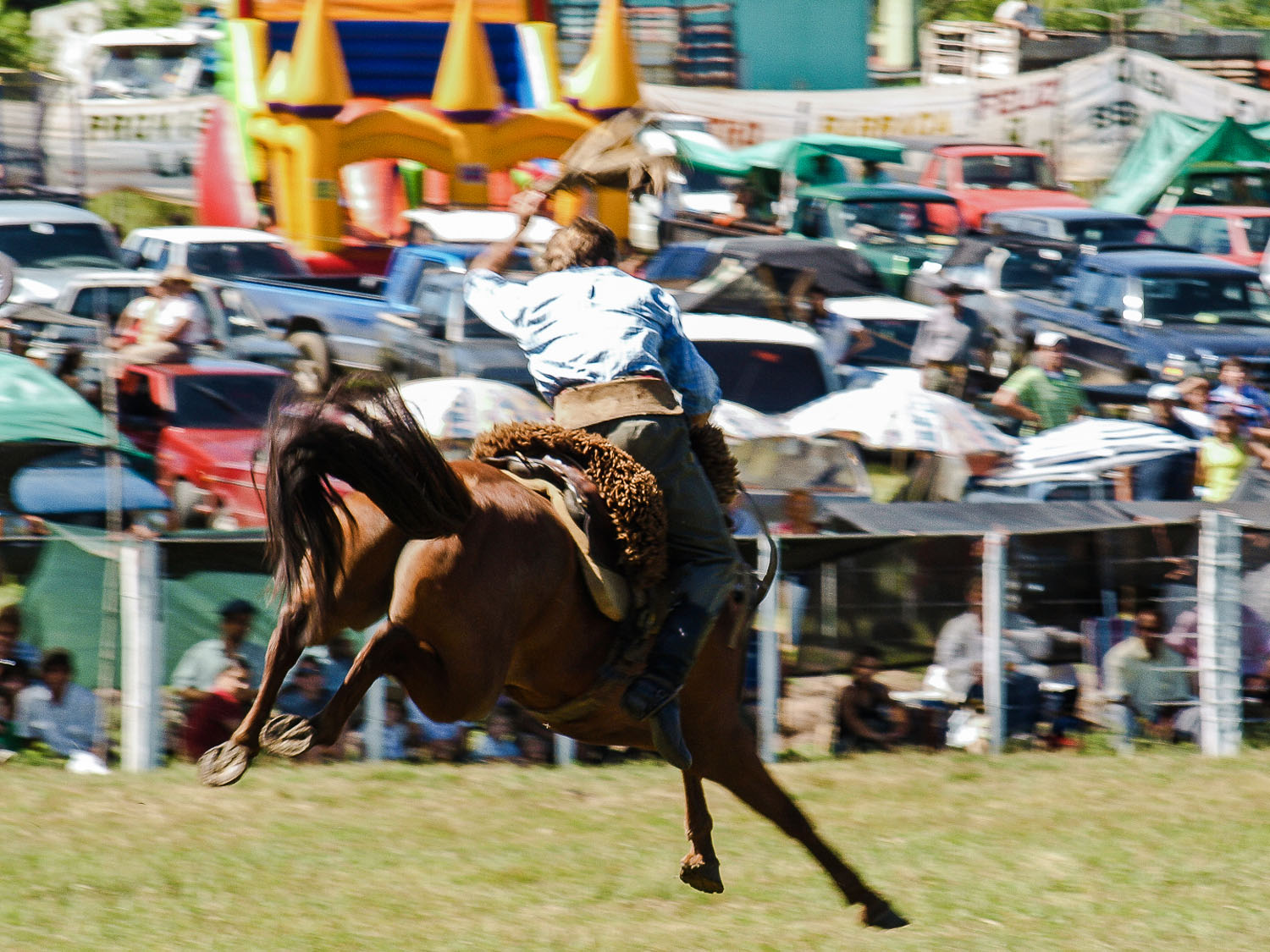
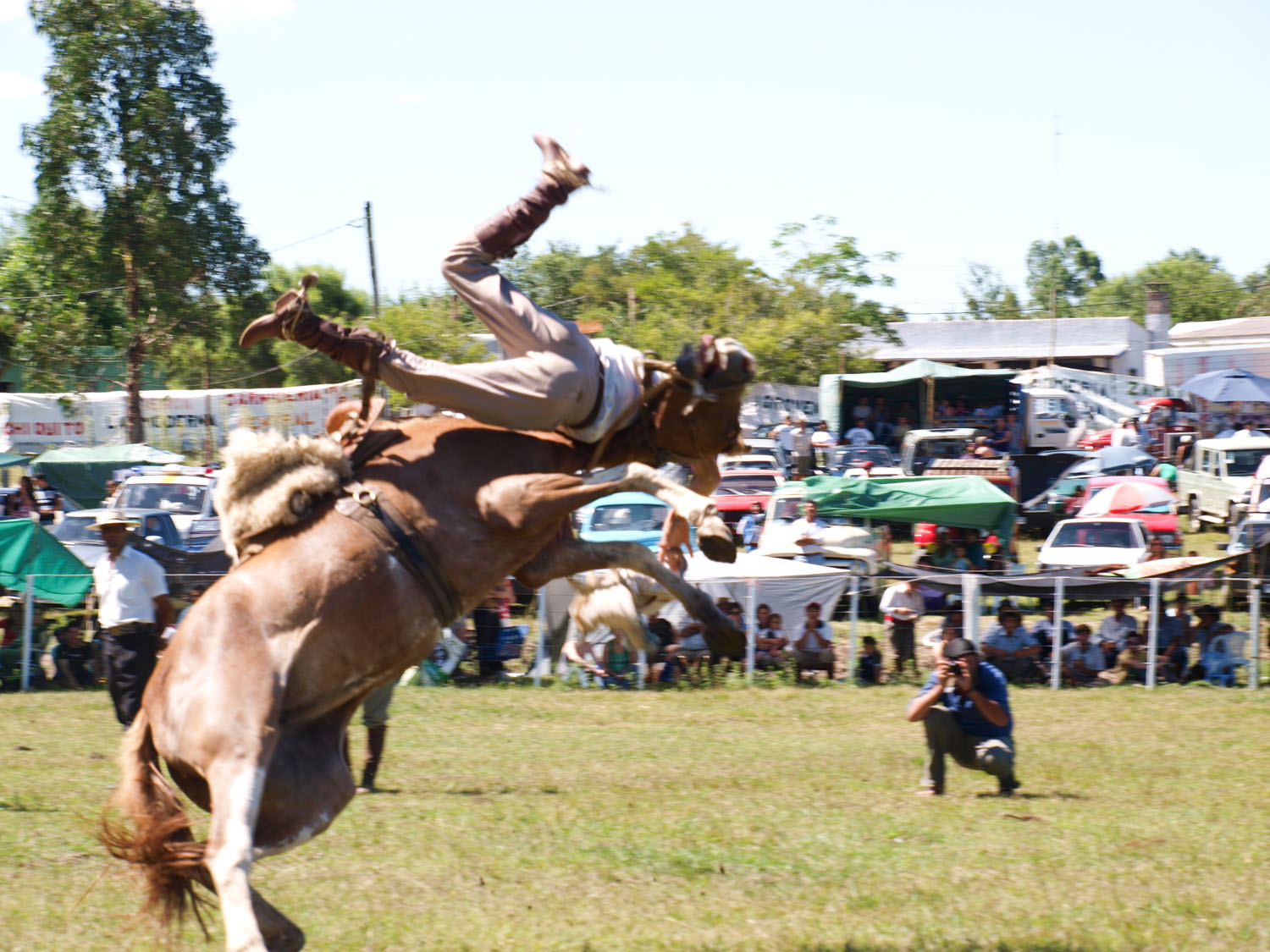
RIGHT: Olympus E-520 . Olympus M.Zuiko 40-150mmF4.0-5.6 @70mm . f/8 . 1/180″ . ISO 100
Do you remember the first horse you rode?
Lol! I remember I was a kid playing with wooden horses. Then, I started riding some sheep, and then some bigger horses.
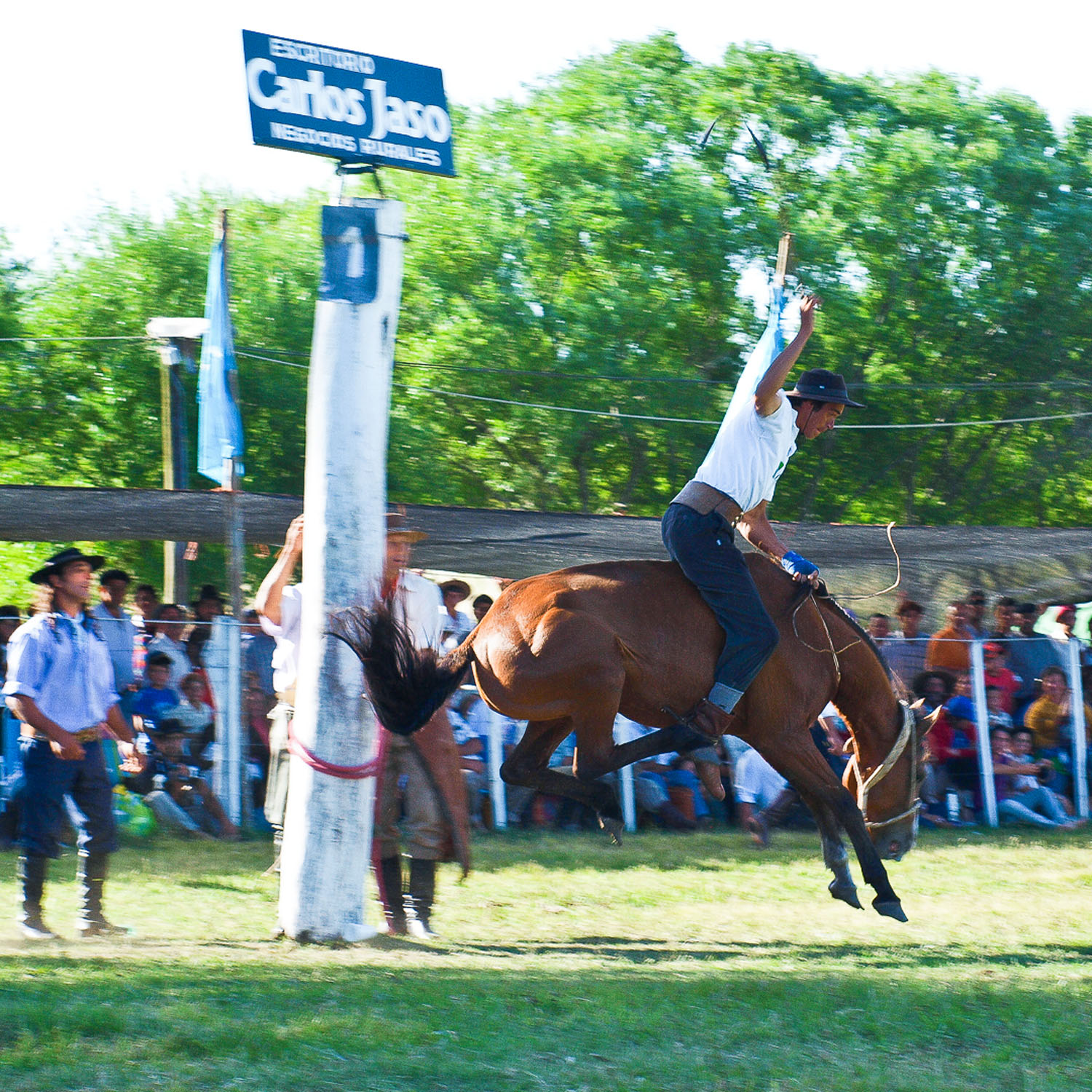
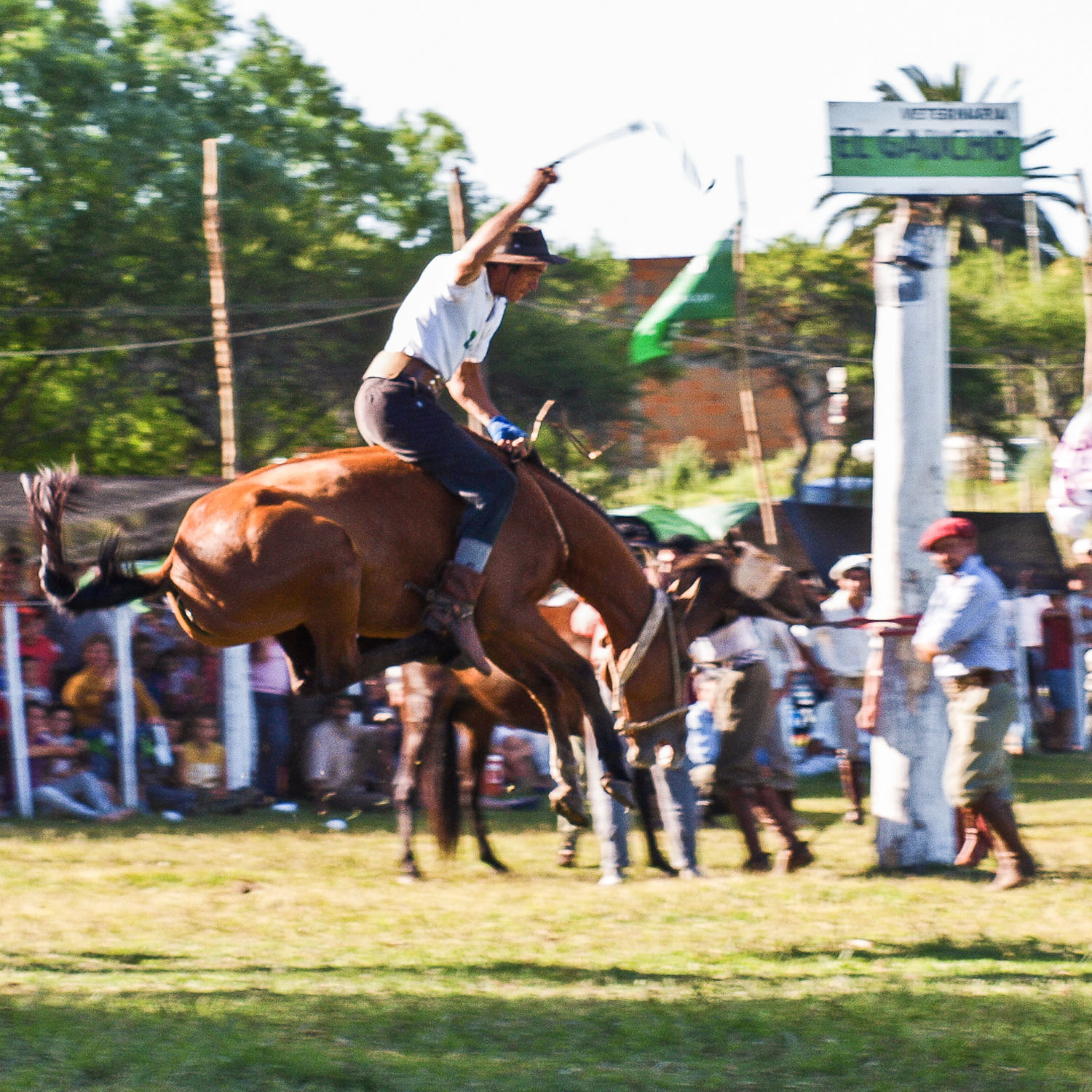
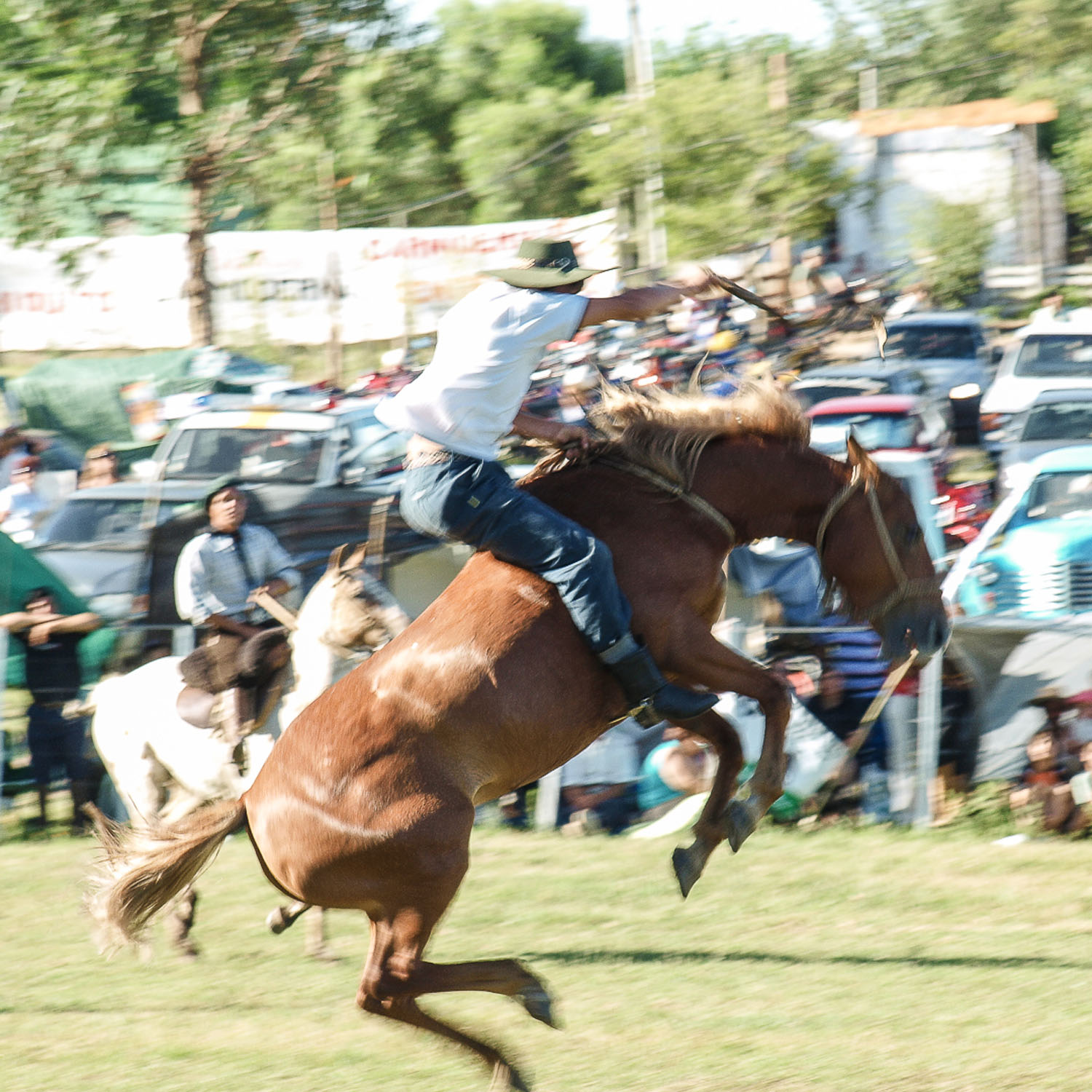
RIGHT: Olympus E-520 . Olympus M.Zuiko 40-150mmF4.0-5.6 @110mm . f/8 . 1/90″ . ISO 100
What message would you like to leave the readers about the “Gauchos” of Uruguay?
I would like you to have the opportunity to travel to Uruguay and meet us. Surely, we will be waiting for you with a good barbecue and “Gaucho” customs.
I don’t speak a lot, Gustavo, but when a person speaks from his soul and does a lot of things from his heart, words are not necessary.
As José Larralde said, “The same thing is Creole who marks the land or who makes a book with Creole conscience.”
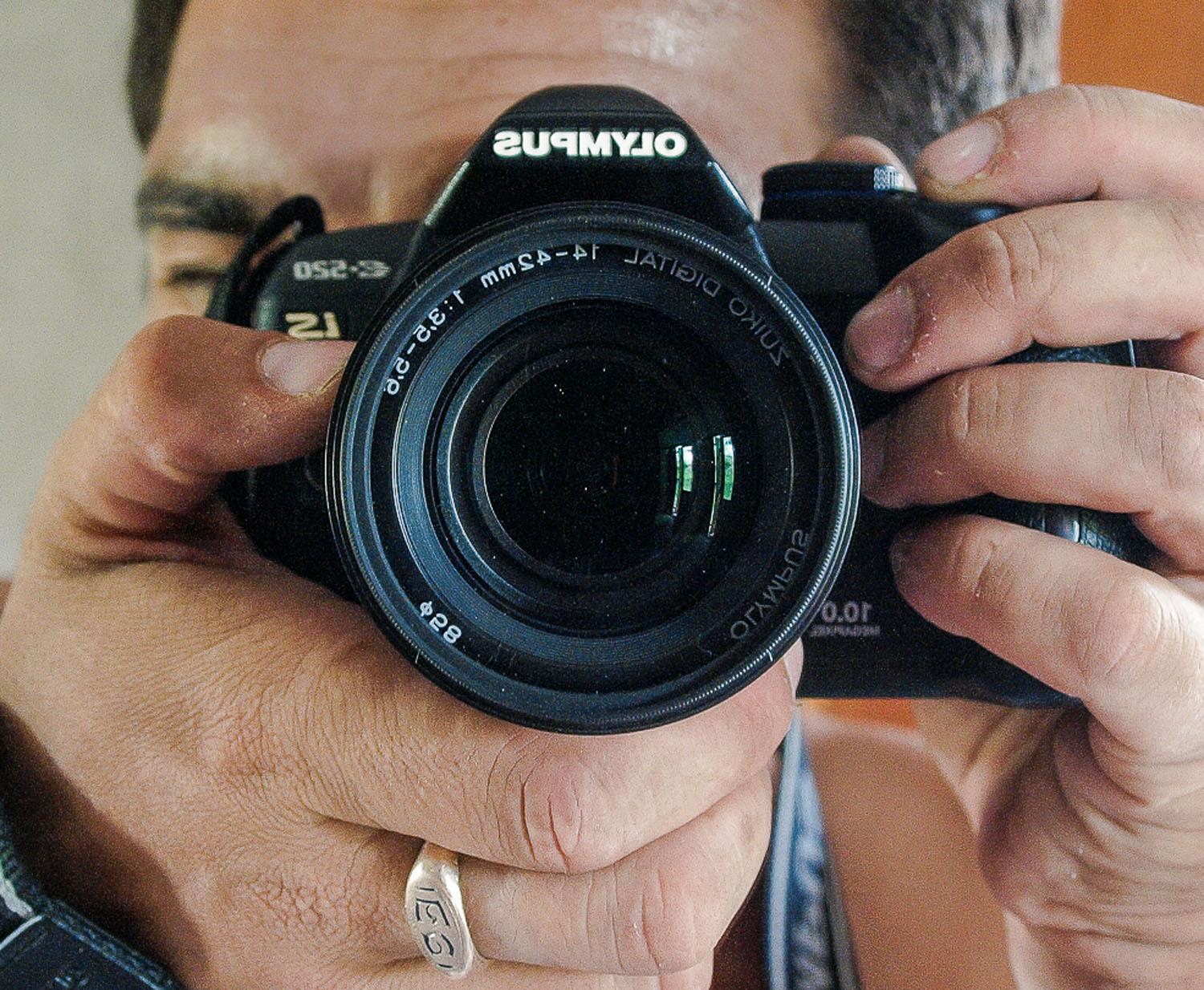
This interview, including all photographs, was conducted and authored by Gustavo Risso.
www.instagram.com/ladocurvo/
Translation and proofreading: Sabrina Proto Gutierrez
www.instagram.com/sabrinaproto/
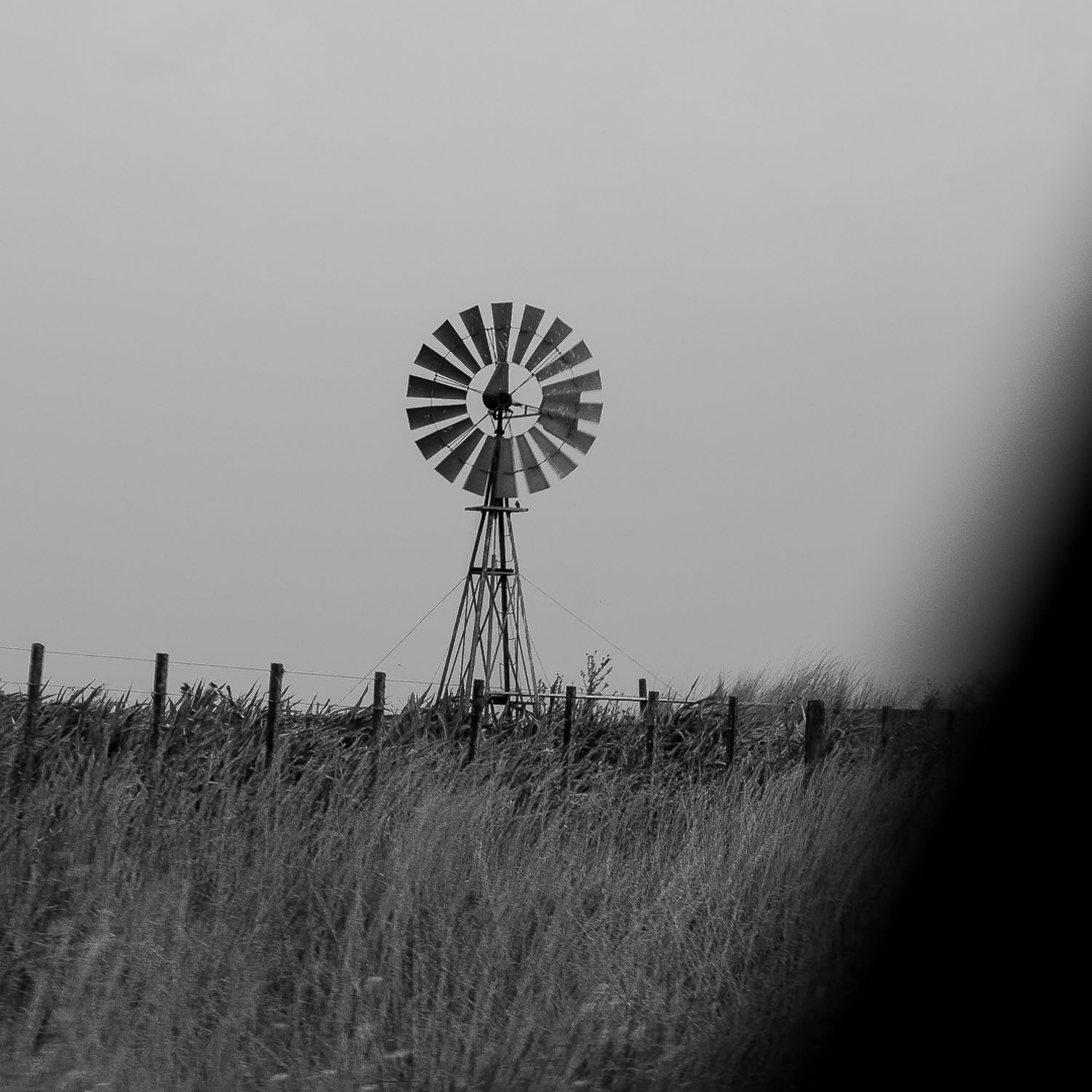
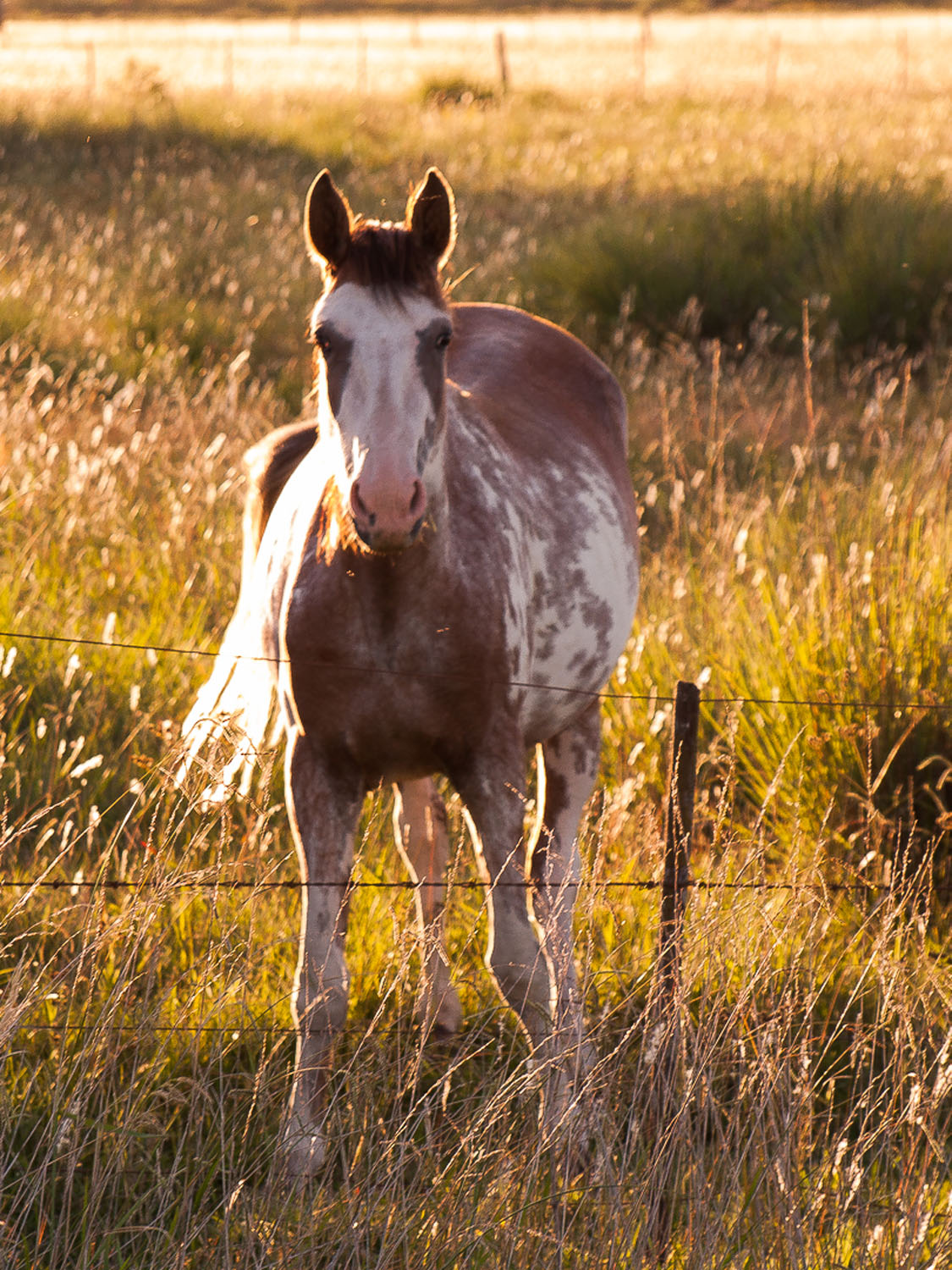
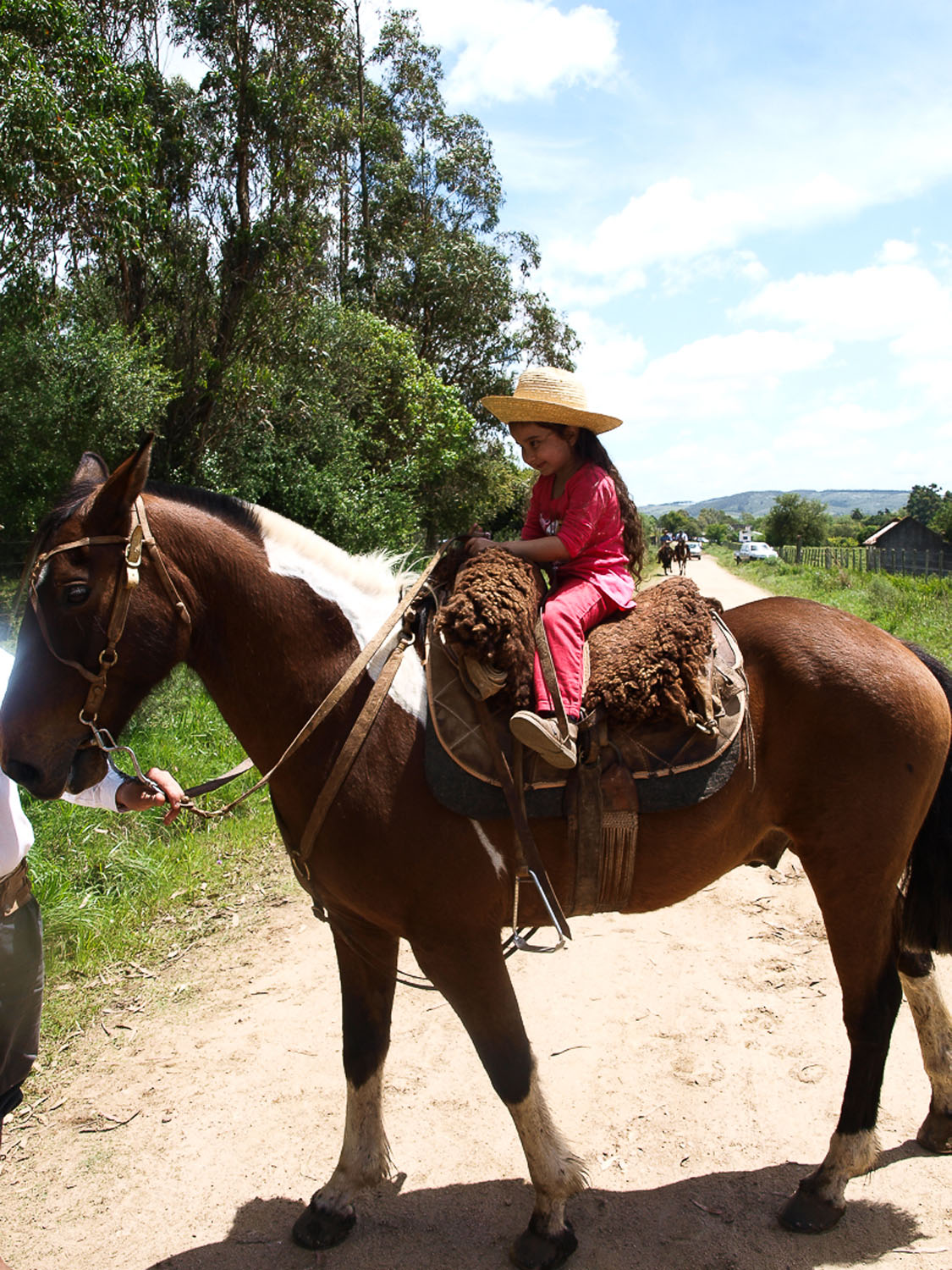
RIGHT: Olympus E-520 . Olympus M.Zuiko 14-42mmF3.5-5.6 @14mm . f/8 . 1/20″ . ISO 100
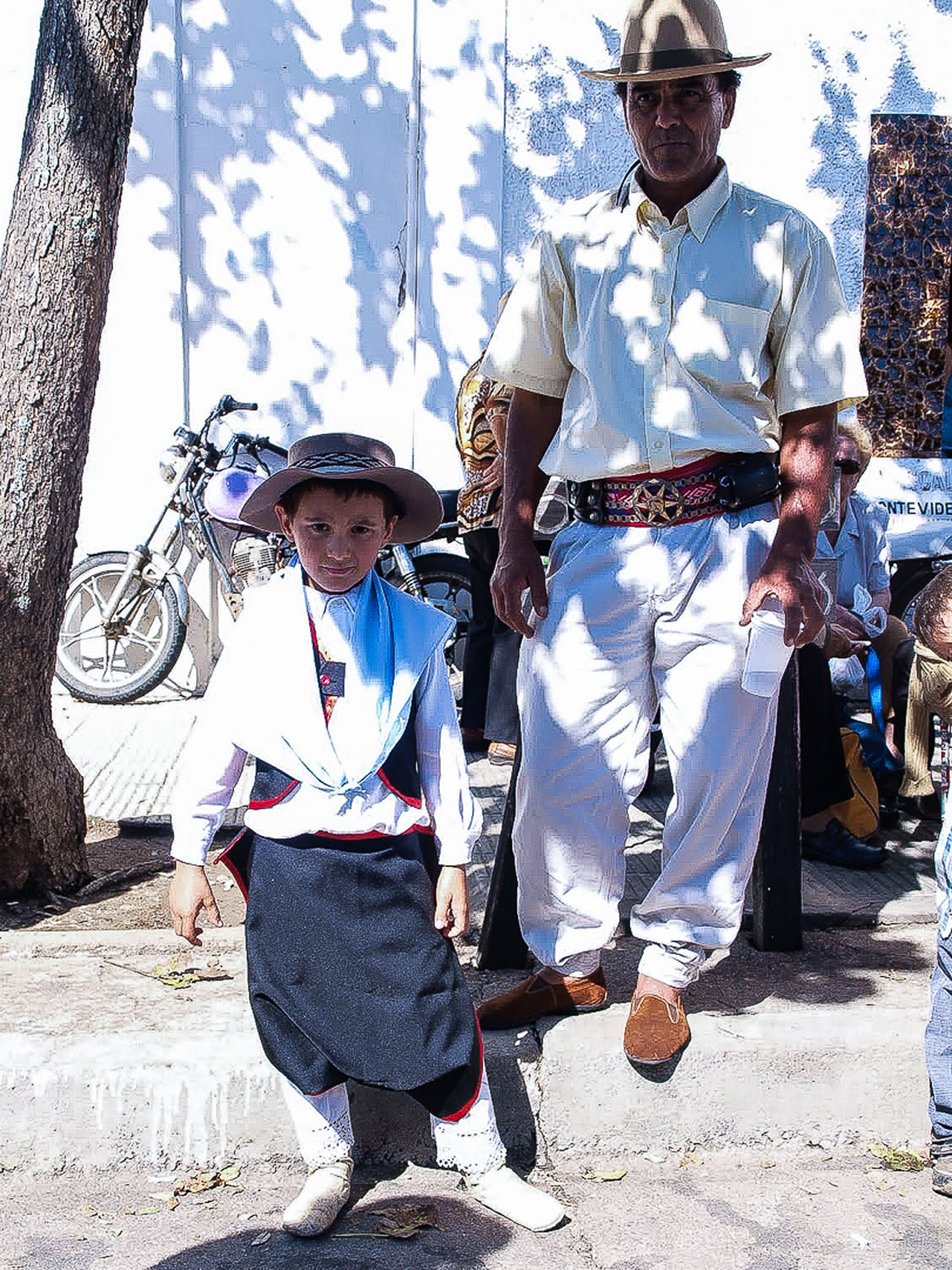
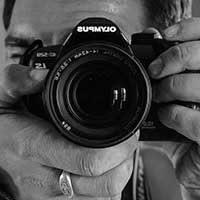
“I’m Gustavo Risso, on Instagram I am known as @ladocurvo. I am 42 years old, and I have lived in the city of Buenos Aires, Argentina, for 14 years. I am from a small town called Mariscala (Lavalleja, Uruguay), which is placed among mountains and fields in the east of the country, where the rural jobs of the Uruguayan gauchos predominate.”




